Love it or hate it, digital zooming is an integral feature of the Leica Q-series cameras. Are you a purist, who views cropping photos as sinful, or a pragmatist, who views cropping photos as sensible? Let’s explore both perspectives with the help of some data: side-by-side photographs.
The release of the Leica Q3 has reopened the perennial debate about the merits of digital zooming. With its 60 megapixel sensor, even a digital zoom to a 90mm-equivalent field of view is purportedly viable for the Q3. But is digital zooming a gimmick or a godsend? The hot air expended on this controversy could probably keep a balloon aloft all the way from Wetzlar to Wandsworth. In this first article I would like to add my perspective to the mix, based upon personal experience with the Leica Q2.
In a companion article, our editor Mike Evans will discuss digital zooming with the new Q3. A third brief post will provide links to both articles and an opportunity to consolidate comments in one place.
Traveling with the Q2
I have owned a Leica Q2 for several years. It is also renowned for its digital zooming, offering viewfinder frame lines for 35mm, 50mm, and 75mm crops. The issue of digital zooming is entangled with the positioning of the Q2 as a perfect travel camera. I have used that description myself, as have more illustrious photographers. It is no surprise: a high quality compact camera, offering the global traveler a ‘range’ of focal lengths, is undoubtedly appealing.
In this brief article I take a close look at the Q2 as a ‘multi-focal-length’ travel-camera option. I will compare it with an optical zoom over the equivalent range, and a 50mm prime lens.
Let’s get going.
What makes a great travel camera?
Firstly, let me share the criteria by which I would evaluate a great travel camera:
- Full-frame sensor. This is the current state of the art, ensuring no corners are cut in capturing the details, especially in low light.
- Excellent optical performance. If I am potentially spending thousands of dollars on a once-in-a-lifetime trip, I want great photos.
- Compact footprint. It must be small and light enough to pack in carry-on luggage and to carry all day.
- Ease of use. I need ergonomic, tactile controls for the most common functions, and a simple menu system.
- Reliability. It should have a minimum of moving parts and excellent build quality. I do not want it to break down halfway through my trip.
- Versatility. I want to tackle landscape, architectural, and people photography, in daylight and in dim light.
I rate my Q2 highly on all these criteria. Its superb f/1.7 summilux lens and 47 megapixel sensor deliver incredible photographs. Shutter speed, aperture, ISO, exposure compensation, and white balance are all readily accessible. I have no difficulty packing and carrying it, and it’s built like a tank.
Where detractors might object to my rating is the criterion on versatility. The camera has just a single, fixed focal length, 28mm lens. And there’s the rub. How can that be as versatile as a 24-70mm zoom, or a collection of 28mm, 35mm, 50mm, and 75mm prime lenses?
Digital zooming with the Q2
Here is where digital zooming, or cropping enters the discussion. Cropping 47 megapixel photos, which occupy 85 Mb files on a computer, still results in high resolution images, even when reduced to the equivalent of 35mm (30 megapixel) or 50mm (15 megapixel) fields of view. Even crops to 75mm still yield 6.6 megapixel images.
Surely though, cropping an image generated with a 28mm lens to these other focal length equivalents cannot compete with an optical zoom or a set of prime lenses. And what about all those expensive pixels that are being discarded in cropping the image? Some commenters go as far as describing that as daft.
Even those sympathetic to digital zooming usually assert that a cropped 28mm photograph cannot offer the look of one taken with a native focal-length lens. And how can a crop achieve the subject separation delivered by a longer lens?
As a fan of digital zooming, I will outline my philosophical and experiential position on these objections. But, to be clear, I am arguing the case for digital zooming on a Leica Q2, not in general. Its digital-zoom superpower stems from its remarkable lens and sensor combination – unmatched until the arrival of the Q3.
Optical versus digital zooming
Firstly, let’s consider the optical performance of digital versus optical zooming. The Q2 has a wonderful f/1.7 lens which remains at f/1.7 throughout the (digital) zooming range. In comparison, a (very heavy) Leica 24-70mm Vario-Elmarit mounted on a (very heavy) Leica SL2 possesses an f/2.8 lens. At f/3.5-5.6, my lighter, but still well-regarded, Panasonic 20-60mm zoom is even slower.
So, in the Q2 I have a very fast, lightweight marvel that excels in low-light conditions.
What about pixel-use efficiency? Here is how I think about it. Instead of buying four fast prime lenses I have, in effect, purchased four ‘sensor-size/pixel-range’ options. Those of you who prefer the comparable prime-lens approach leave three of those items unused in your bag while living with the field of view of the one mounted on your camera. I do not have to make such a choice. The sensor-size/pixel-range can be adjusted at will, producing different fields-of-view as I feel moved. I quoted four sensor-size/pixel-range options as a direct analog of the prime-lens scenario. But, shooting RAW, I have enormous flexibility in deciding the final image size and format.
Peter Karbe, Head of Optics at Leica, regularly highlights this key benefit of high performance lenses and sensors. He describes creating multiple images from a single photograph: ‘taking two pictures in one’ or ‘fish eye’ and ‘eagle eye’. Rather than using the camera’s magnificent optical performance for making huge prints, the more real-world value it offers is flexibility. A photographer can capture the decisive moment without worrying about zooming or changing lenses. The image can be fine tuned and optimally framed (by cropping) afterwards, taking advantage of digital zoom ‘without loss’.
What a concept!
Digital zooming – theory versus practice
Is this just theory, or does it work in practice? I decided to put Q2 digital zooming to the test by generating some data: comparative photographs. I chose scenes one might encounter when traveling to a new destination: landscape, architecture, and nature.
All photos were taken in Coronado, California, inside, or within ten minutes walk of, my home. The were all taken hand-held.
Using Lightroom, I cropped the Q2 images to match the field of view obtained with Leica zoom (35mm, 50mm, and 70mm) and prime (50mm) lenses. In practice, where I am not trying to compare anything, I would use the viewfinder frame lines to compose digital zooms. All images were exported as ~2Mb JPEGs. As with all Macfilos articles, what you see here are compressed versions of those JPEGs.
My overall objective was not to assess whether a digital zoom perfectly replicates results achieved with an optical zoom, but to evaluate whether a digital zoom could realize the photographer’s creative vision just effectively as an optical solution would.
At the marina
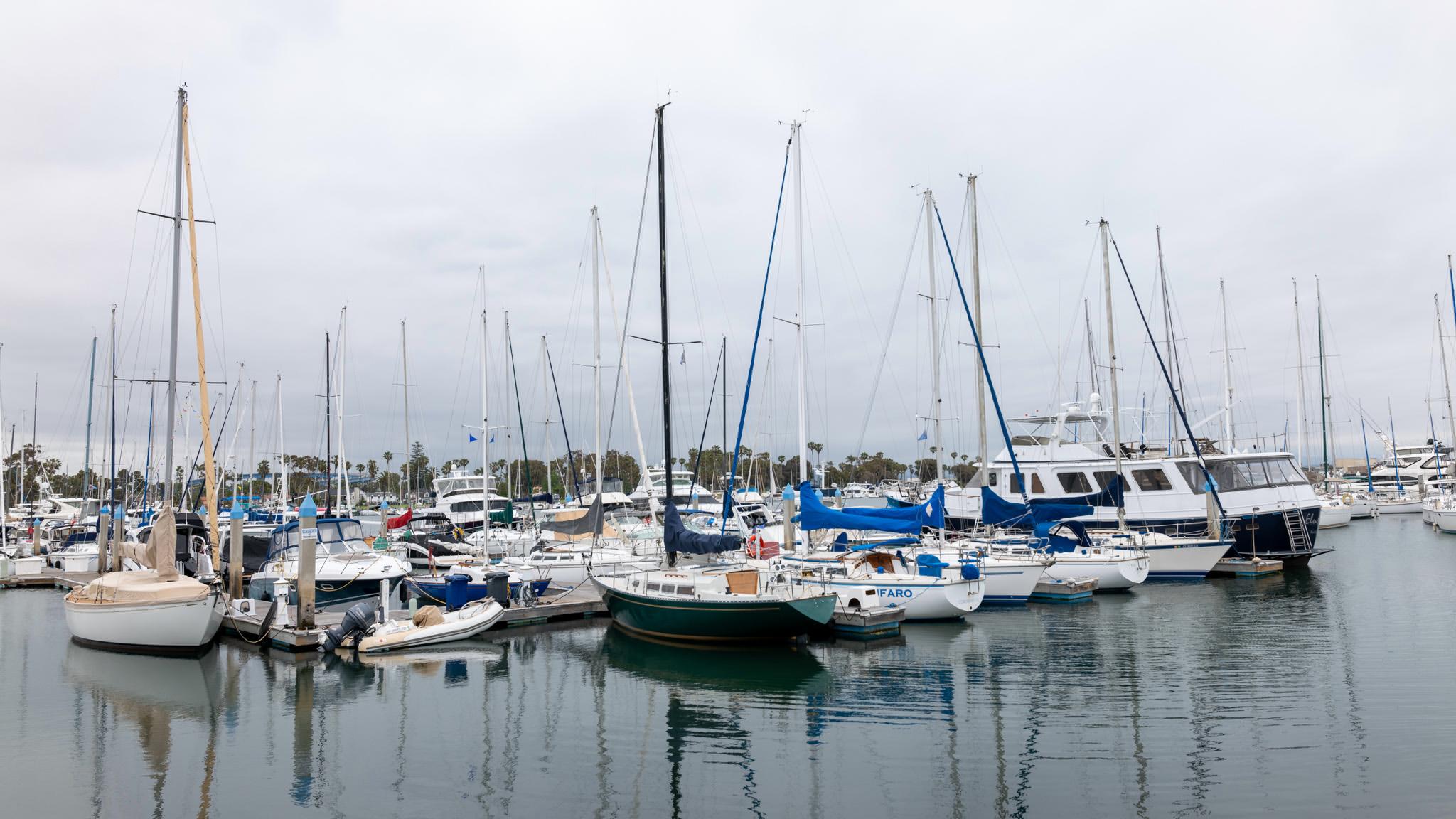
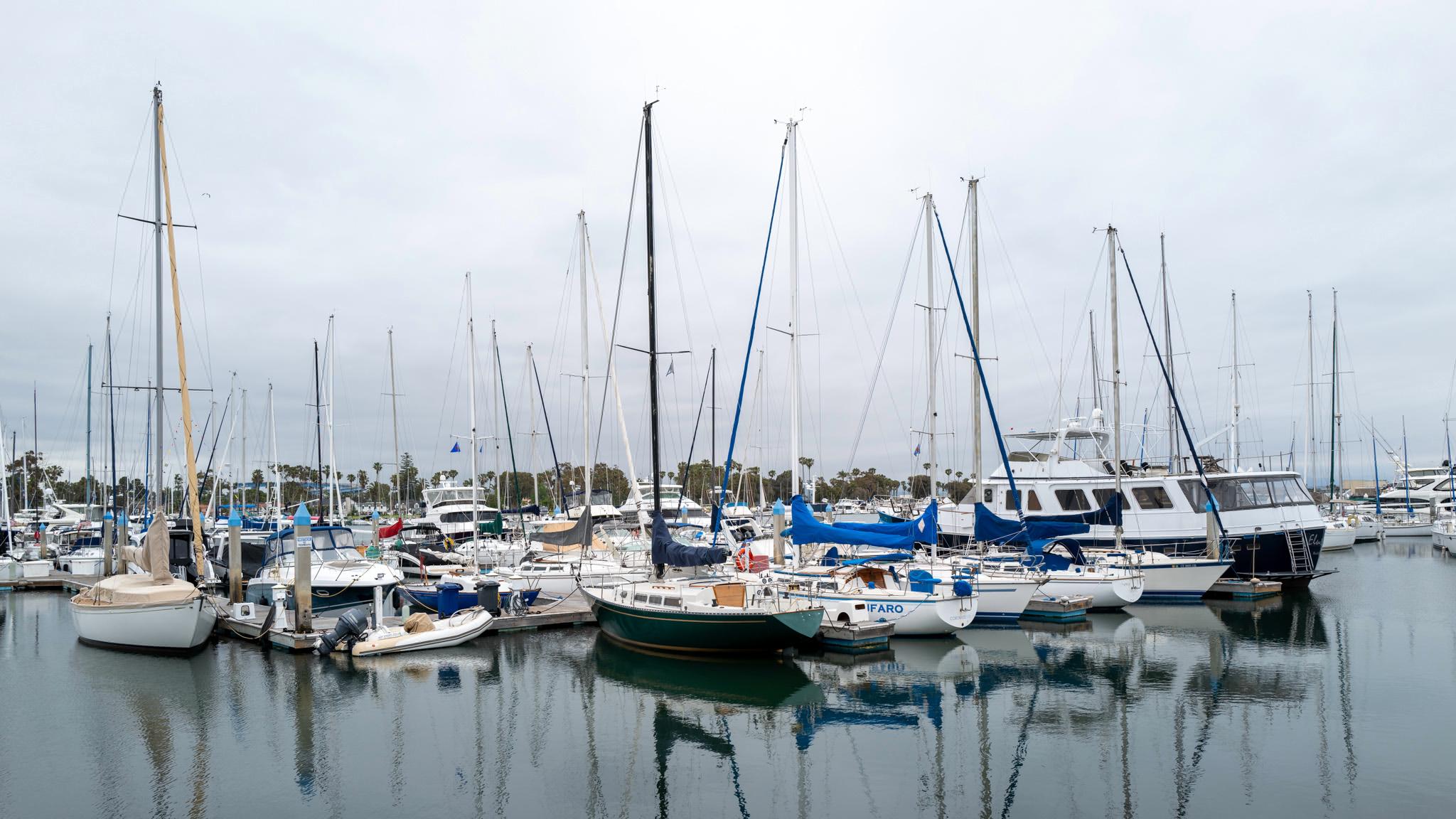
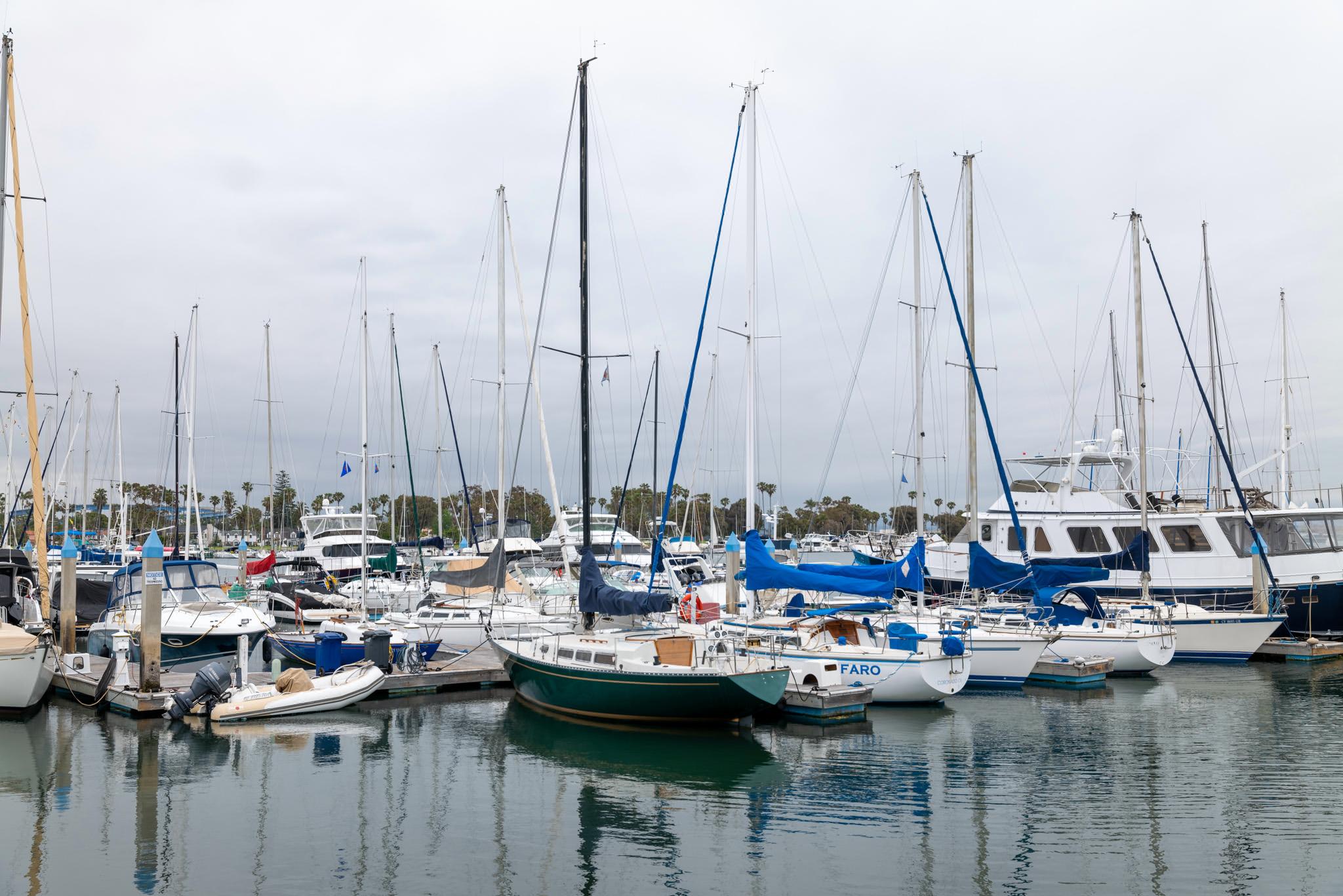
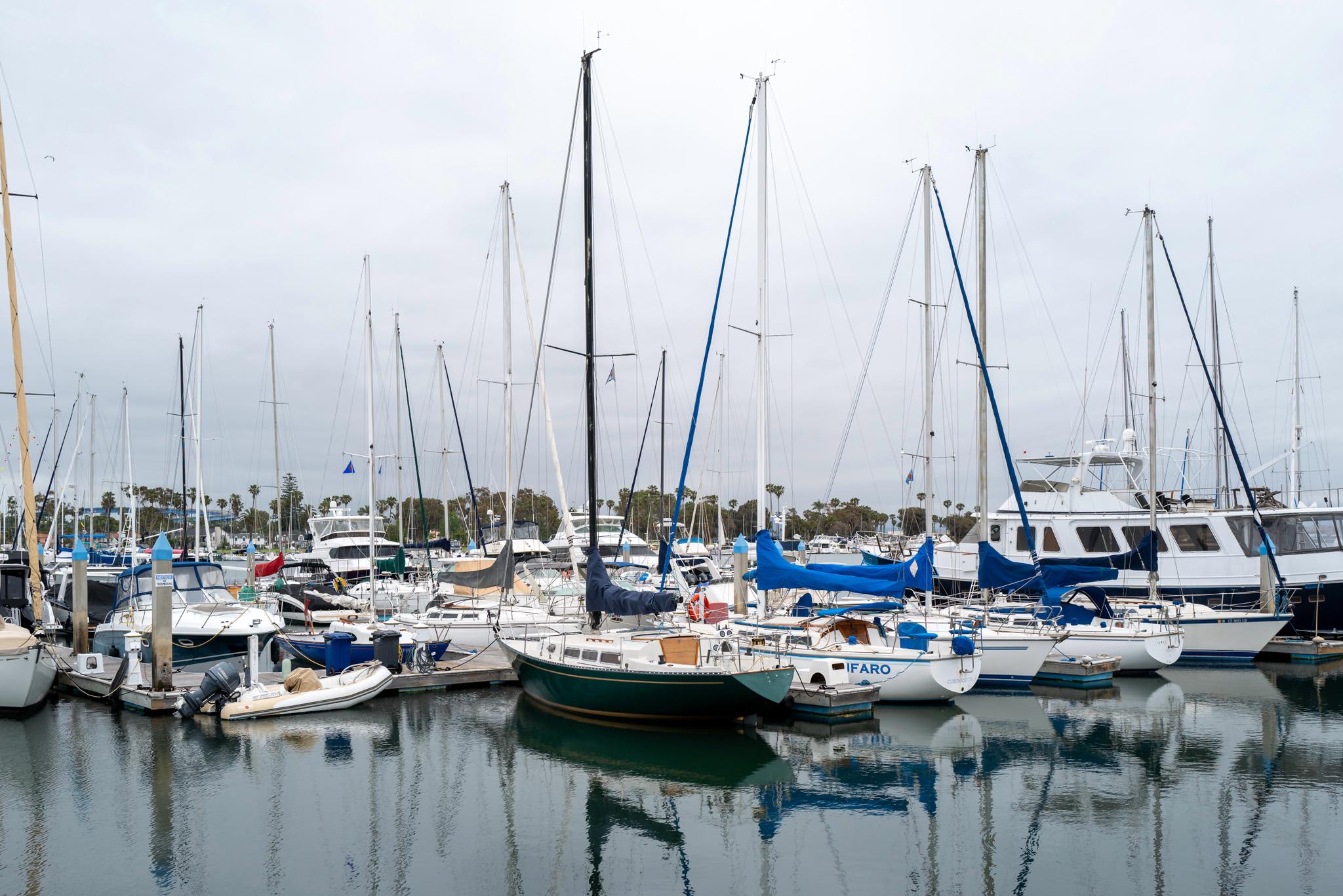
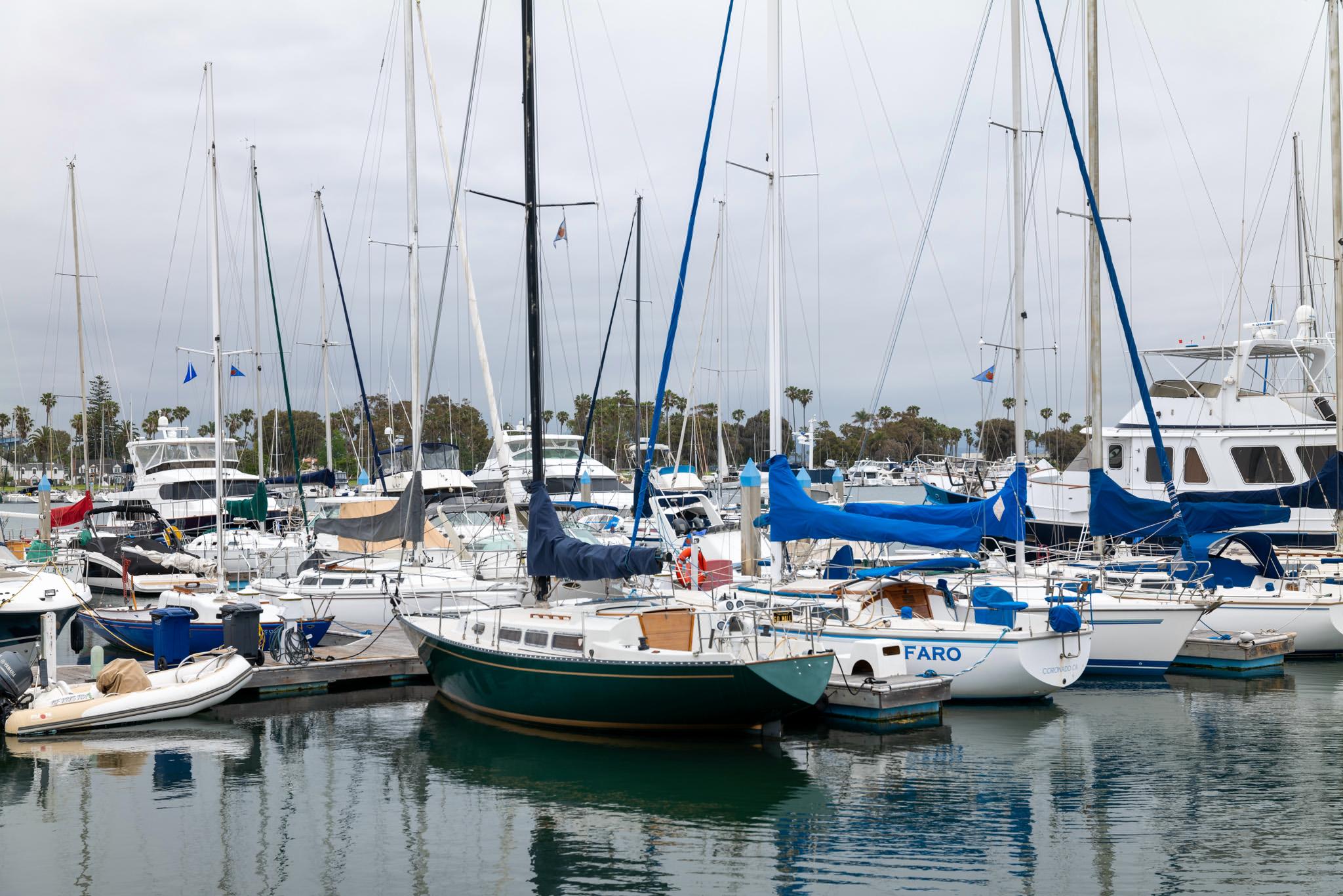
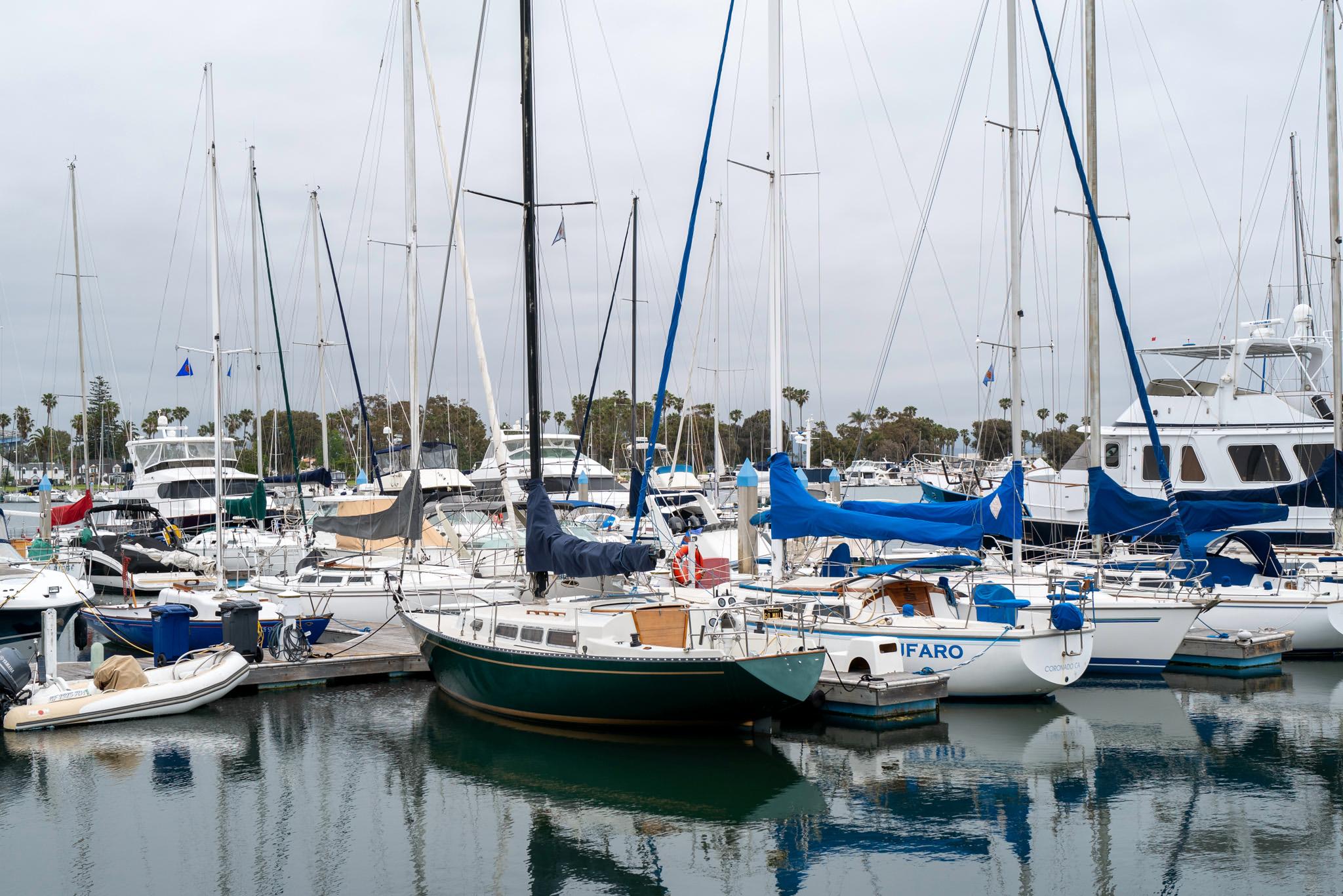
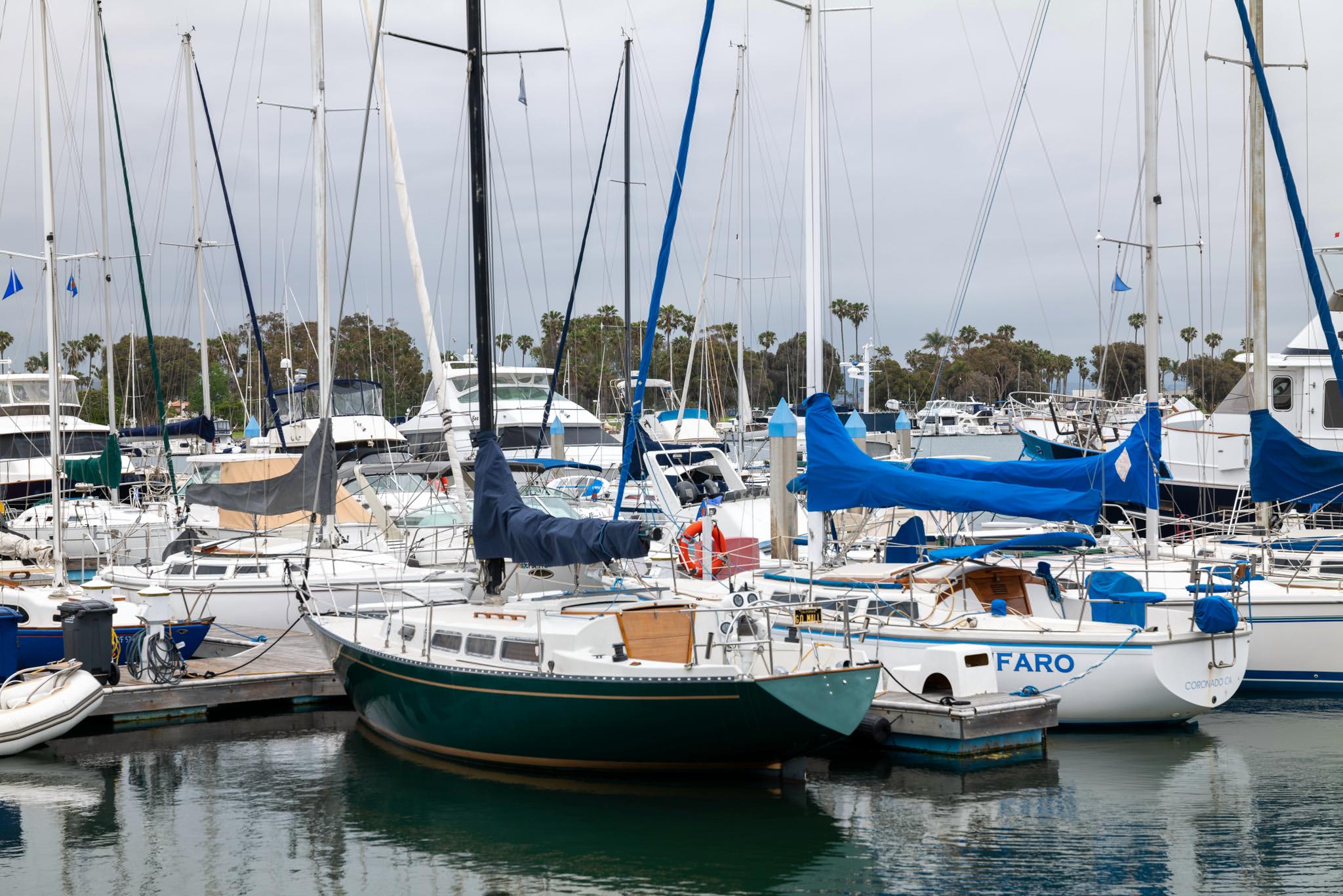
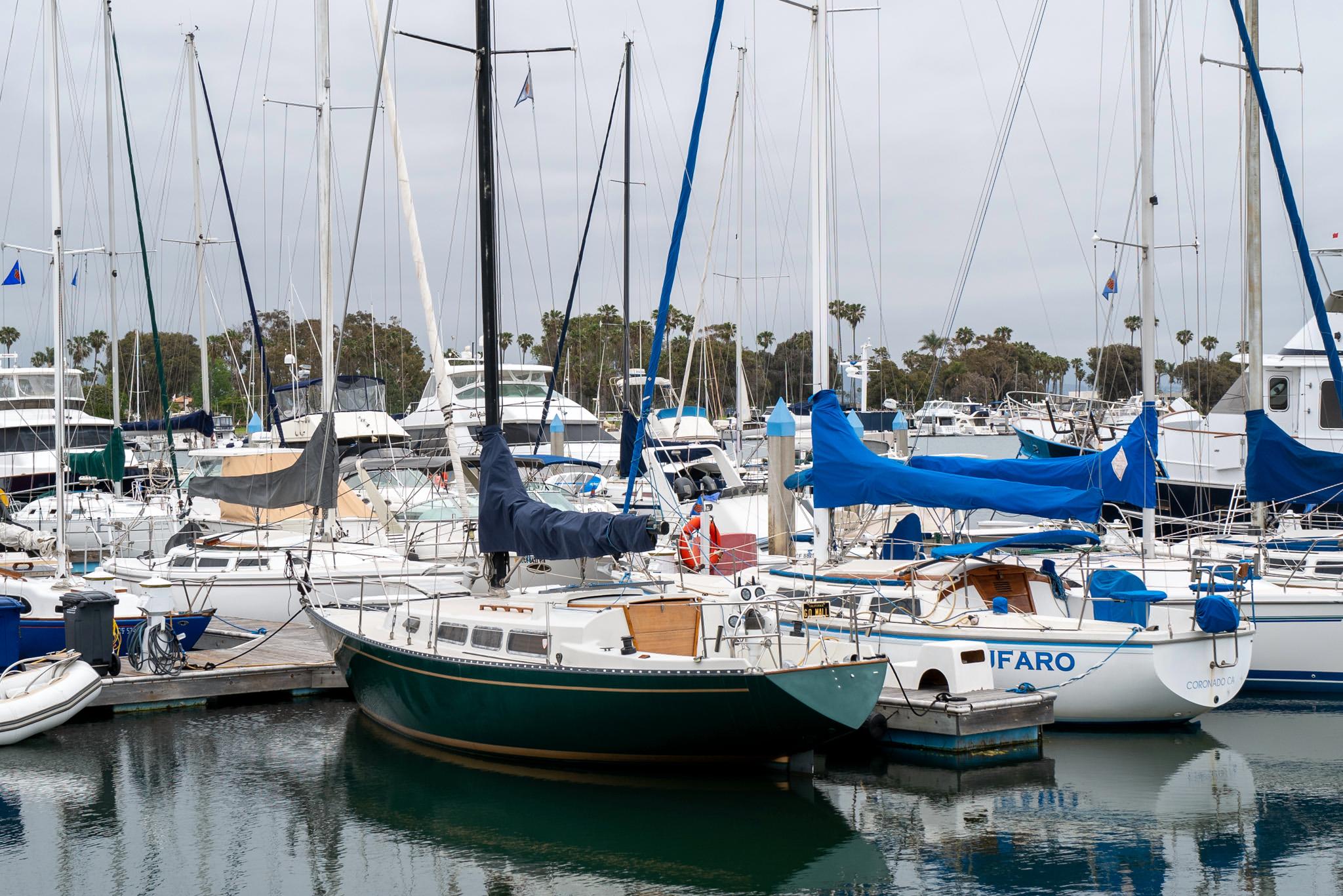
In this first example, I photographed sailboats moored at a local marina. I was unable to physically approach the green-hulled boat because of water between me and it. Here then is a typical situation requiring a zoom lens. I took photographs with both set-ups at f/5.6 and ISO 100.
The pairs of photos illustrate the optical zoom on the left and digital zoom on the right. To my eye they are perfectly comparable, although I would say the Q2 images are sharper. This is the advantage of digital zooming with a prime lens versus optical zooming with a zoom lens, which will often be optically inferior.
A trip to the library
The second example involves indoor shots at a library. Here is the first scene, shot with the Q2 at 28mm, f/5.6, ISO 400.
And here are two views from the same vantage point at 50mm, both f/2.0 ISO 100. In each case I focused on the stained-glass lampshade. One was taken with a Leica 50mm f/2.0 APO summicron SL at 1/60s and the other is a crop of a shot from the Q2 at 1/50s. Can you tell which is which?
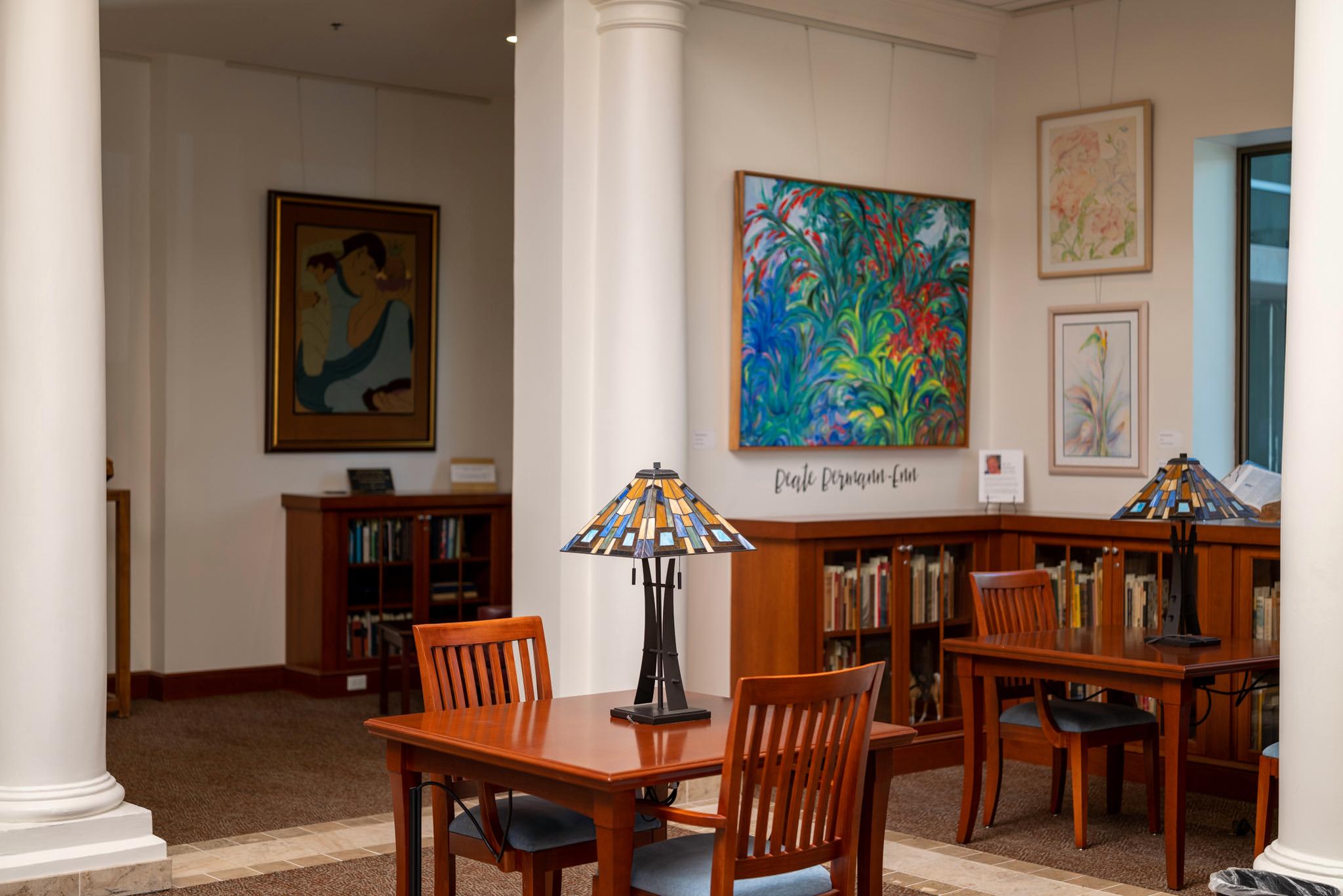
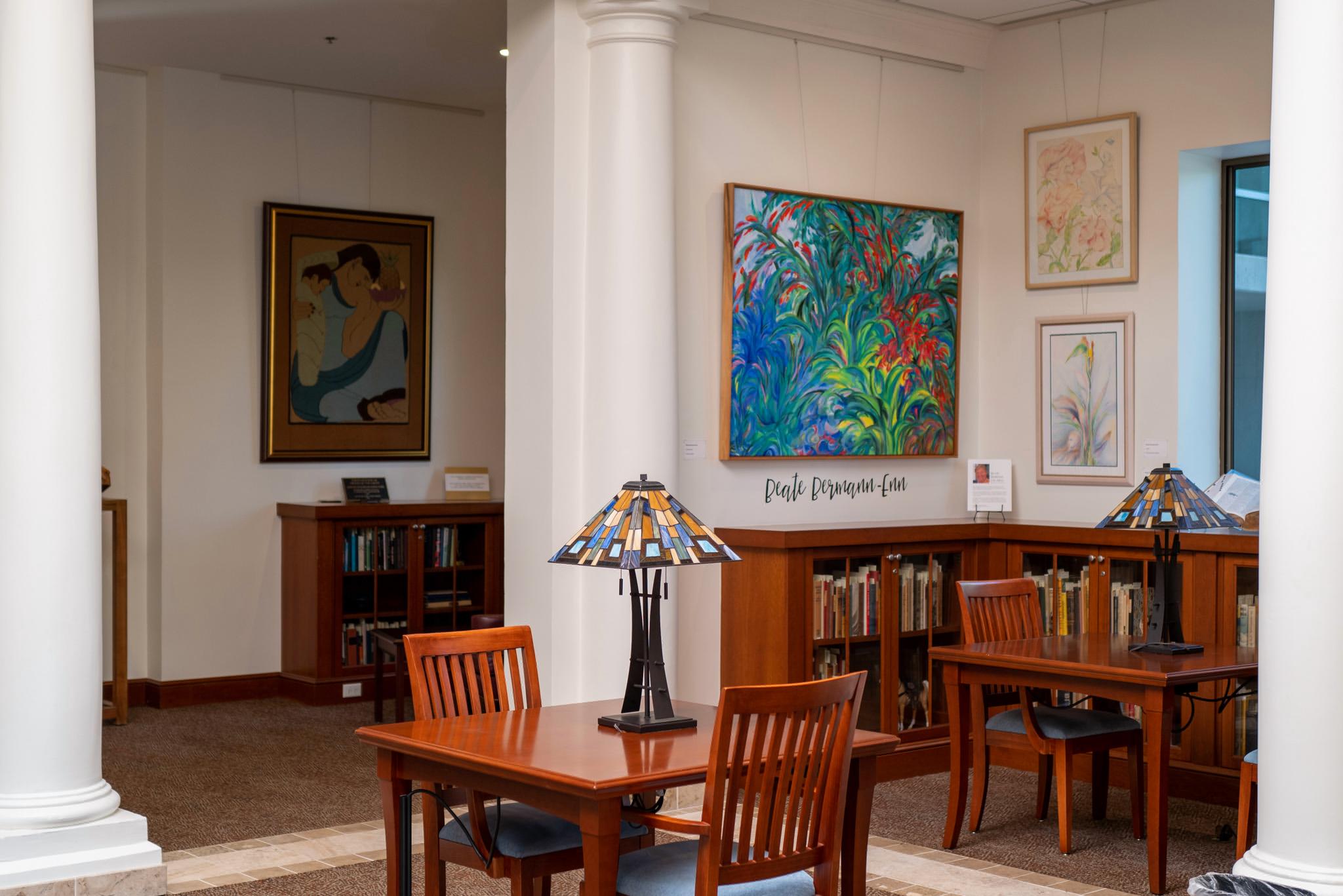
Here is the second scene, shot with the Q2 at 28mm, f/5.6, ISO 640.
And here are two views from the same vantage point at 50mm, both f/5.6 ISO 400. One was taken with a Leica 50mm f/2.0 APO summicron SL at 1/40s and the other is a crop of a shot from the Q2 at 1/50s. Can you tell which is which?
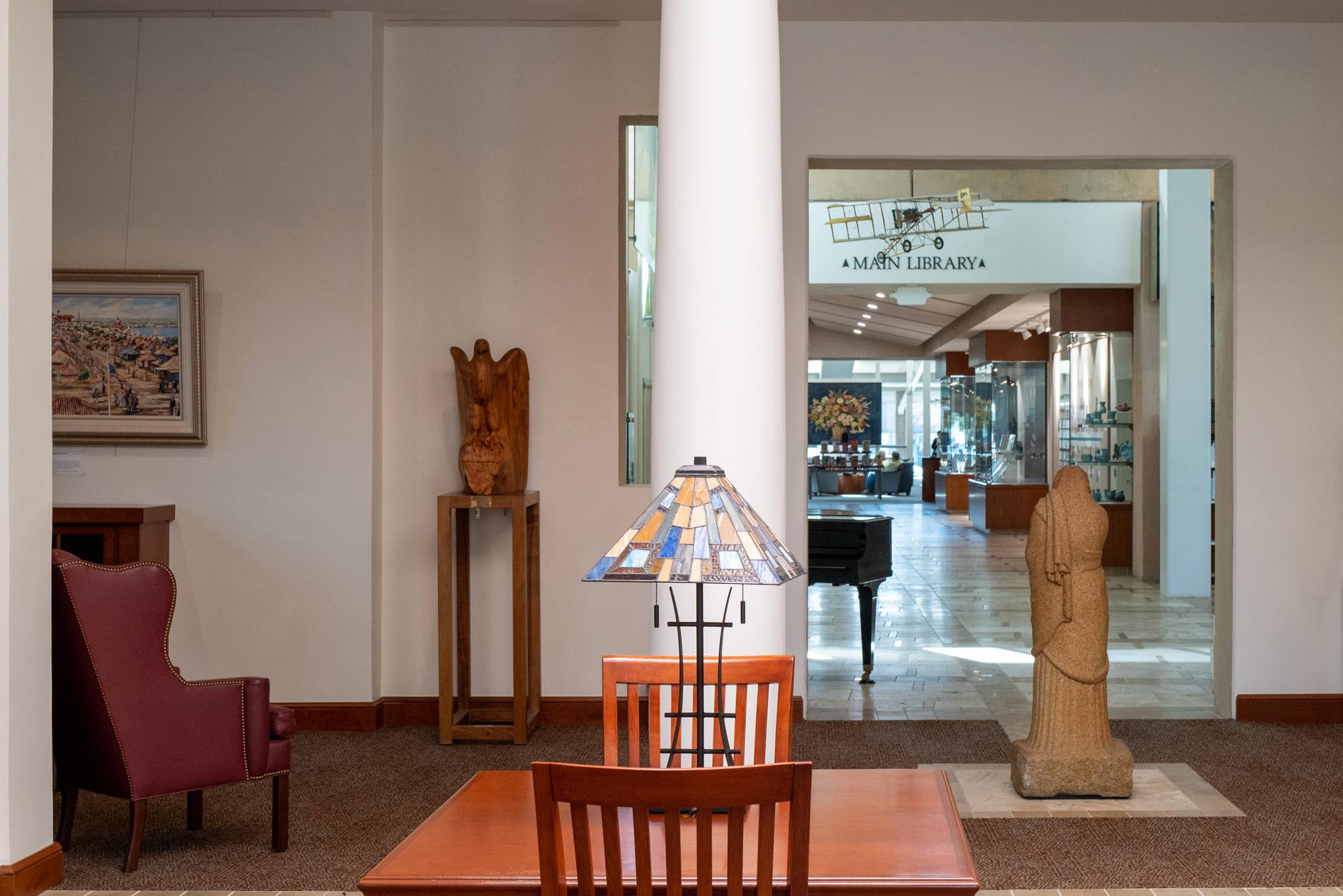
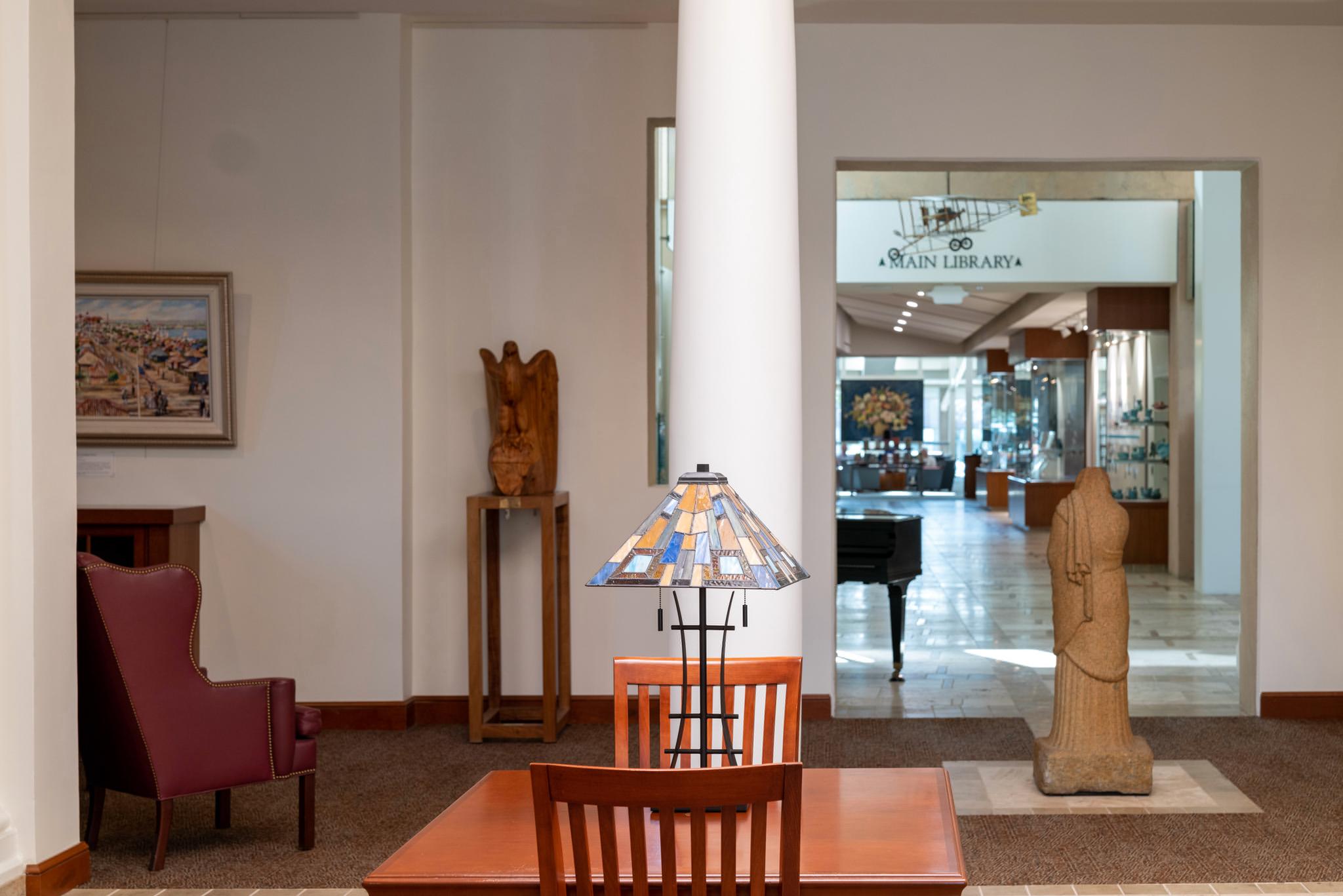
This is no softball challenge for the Q2; the 50mm f/2.0 APO summicron SL is a stellar prime lens. Note also that the 50mm field of view fails to do justice to the room, with its neoclassical pillars and frieze. As befits a library, the frieze is decorated with the names of notable literary figures, engraved in gold leaf.
Anchoring the base focal length of the Q2 at 28mm was a winning move from Leica.
Red tulips
Here is a scenario testing the Q2’s ability to separate subject from background in a cropped image shot wide-open. Red wooden tulips on a kitchen table are subject neither to breeze nor light fluctuations. This photograph was taken on the Q2, 28mm, f/1.7, ISO 100.
The following images are progressive optical zooms at 35mm, 50mm, and 70mm, f/2.8, and corresponding Q2 digital zooms at f/1.7. Since the objective was to examine subject separation, each set-up put its best aperture foot forward. Remember my earlier comment about optical zooms typically being a bit slower?
Can you tell which is which?
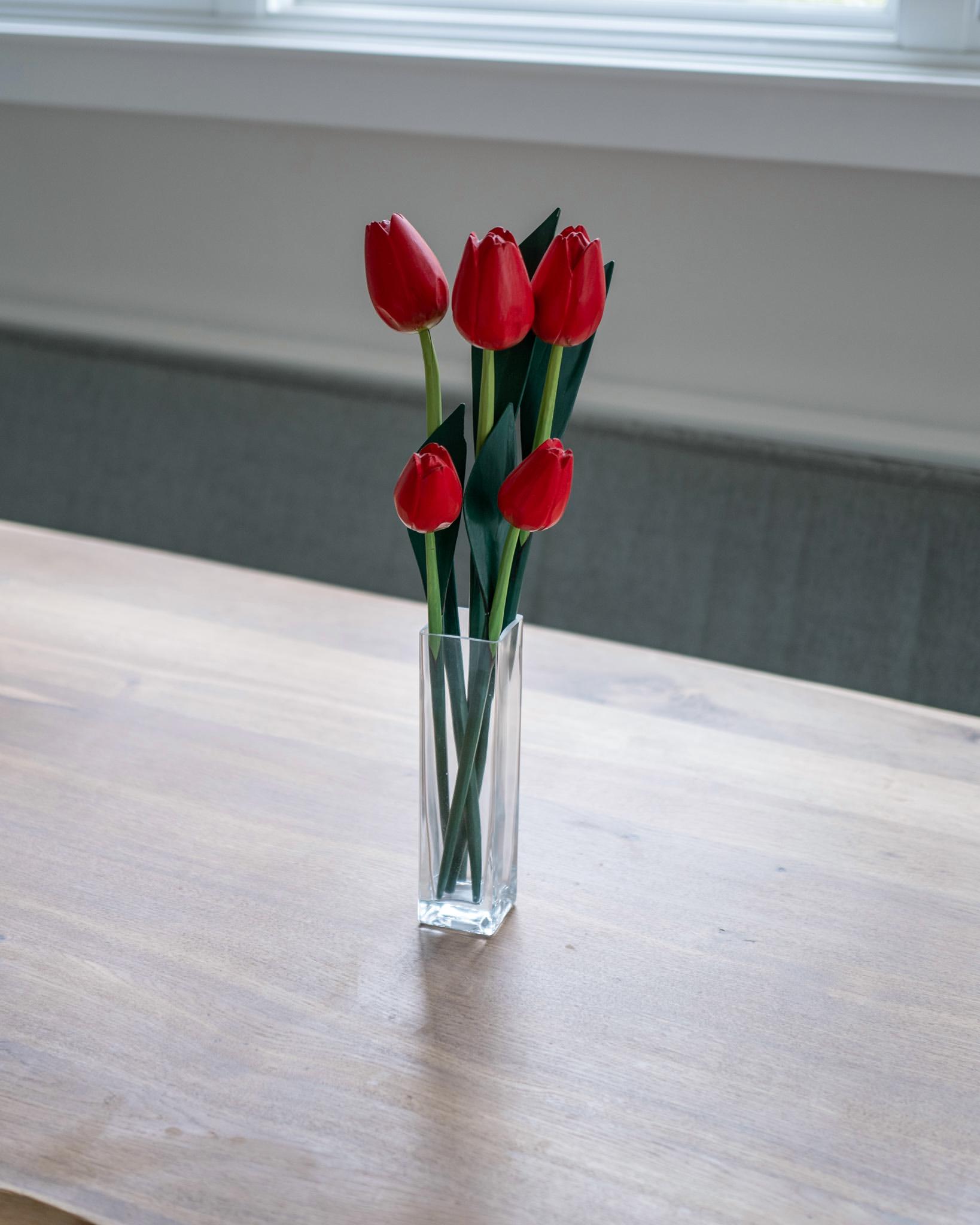
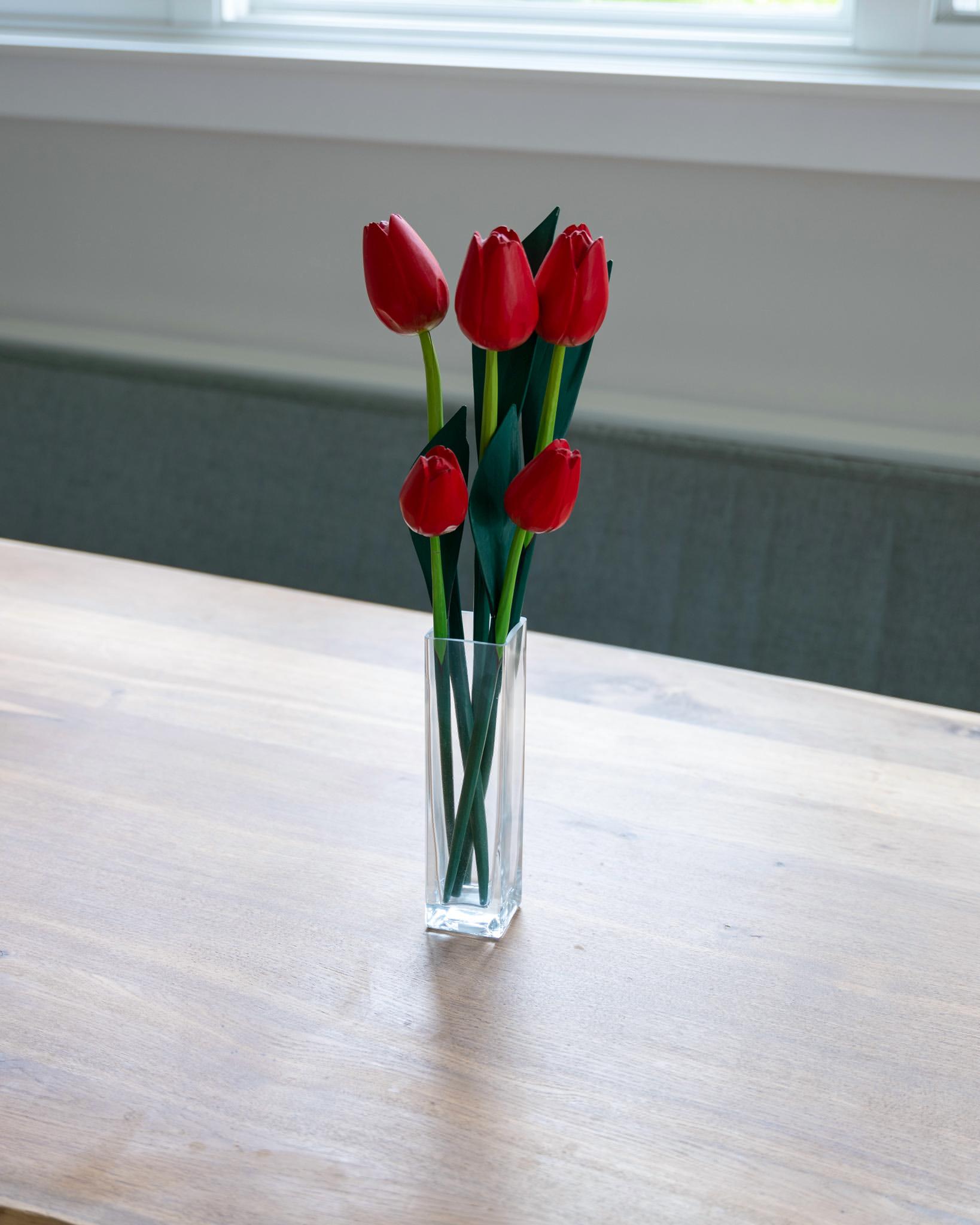

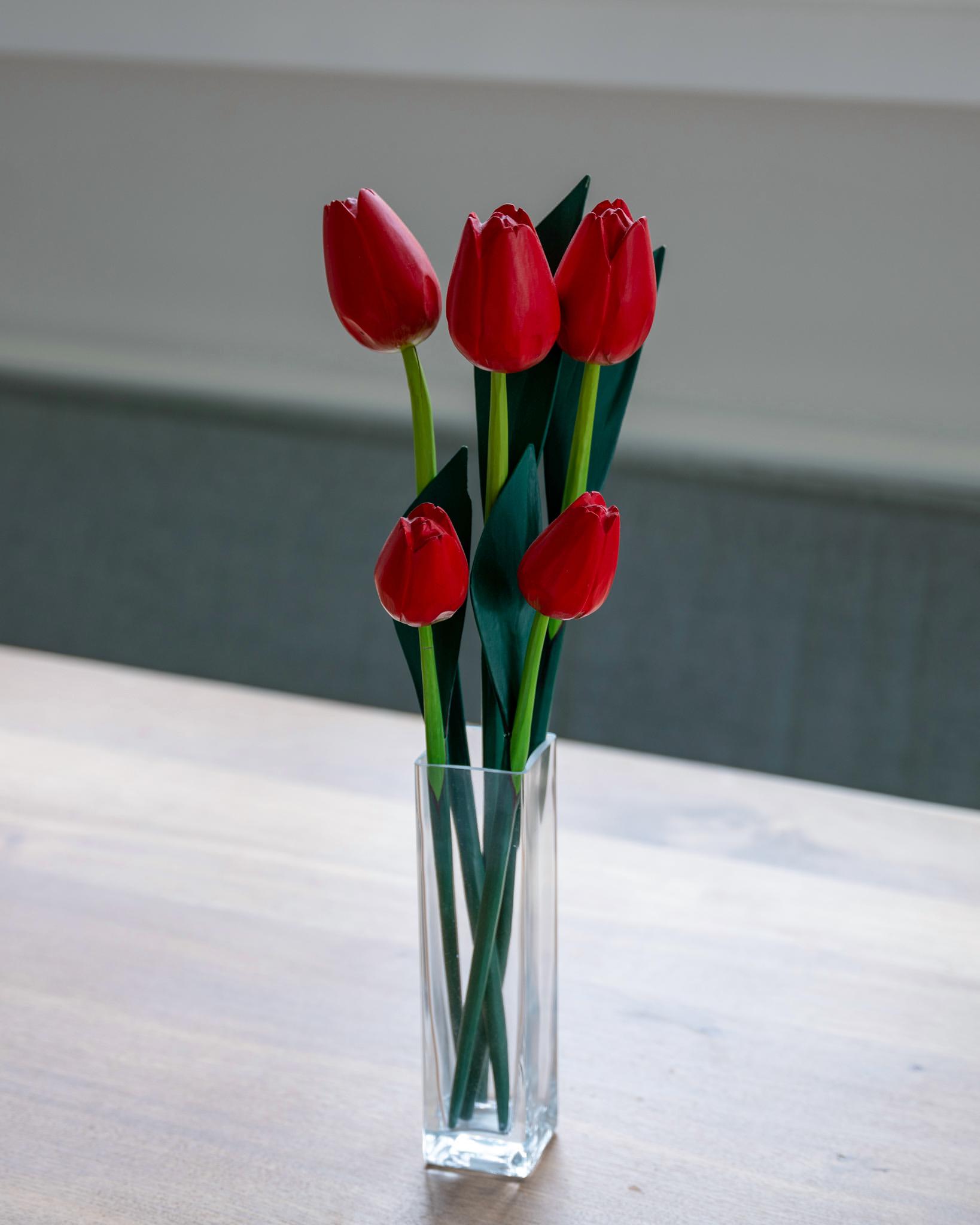
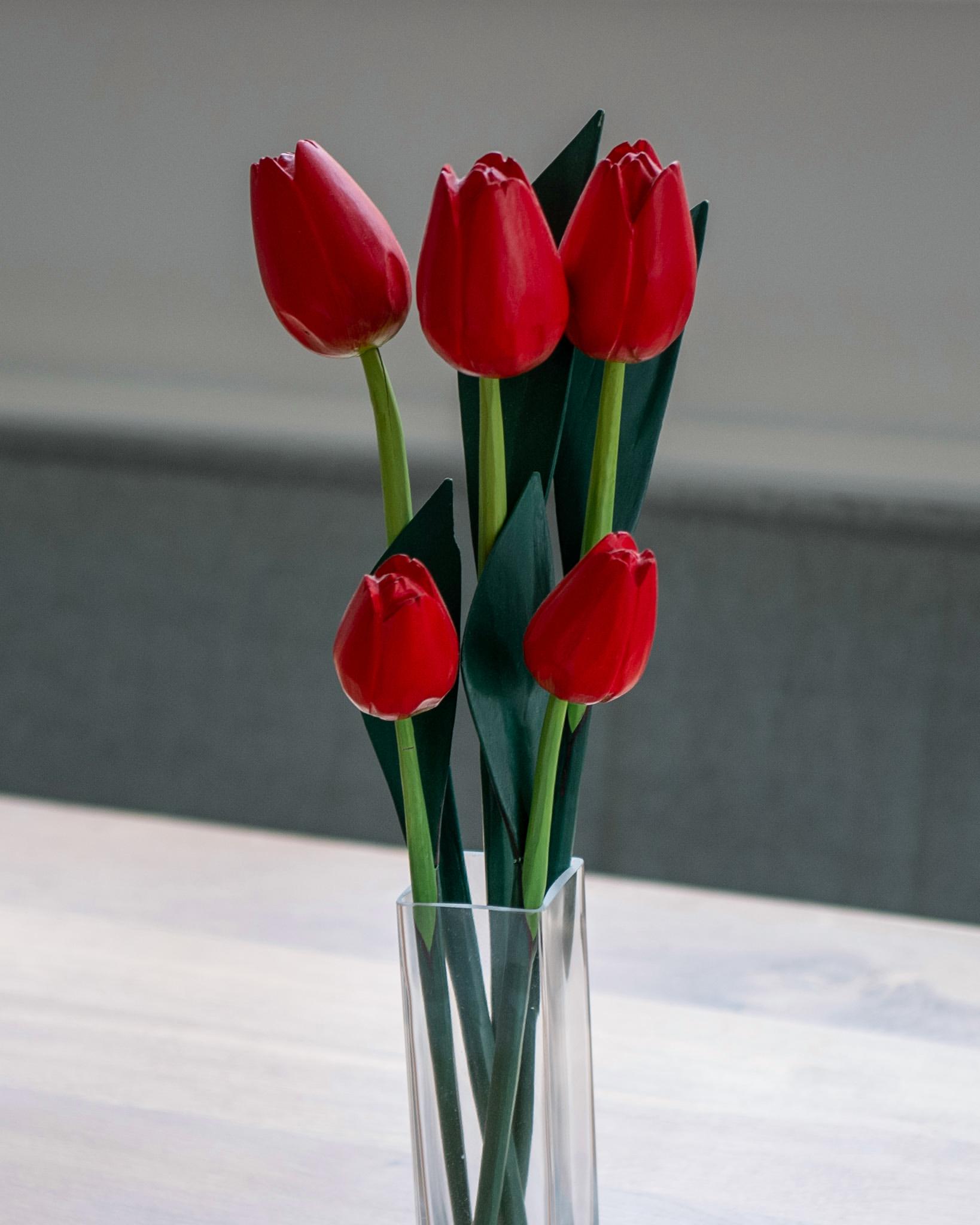
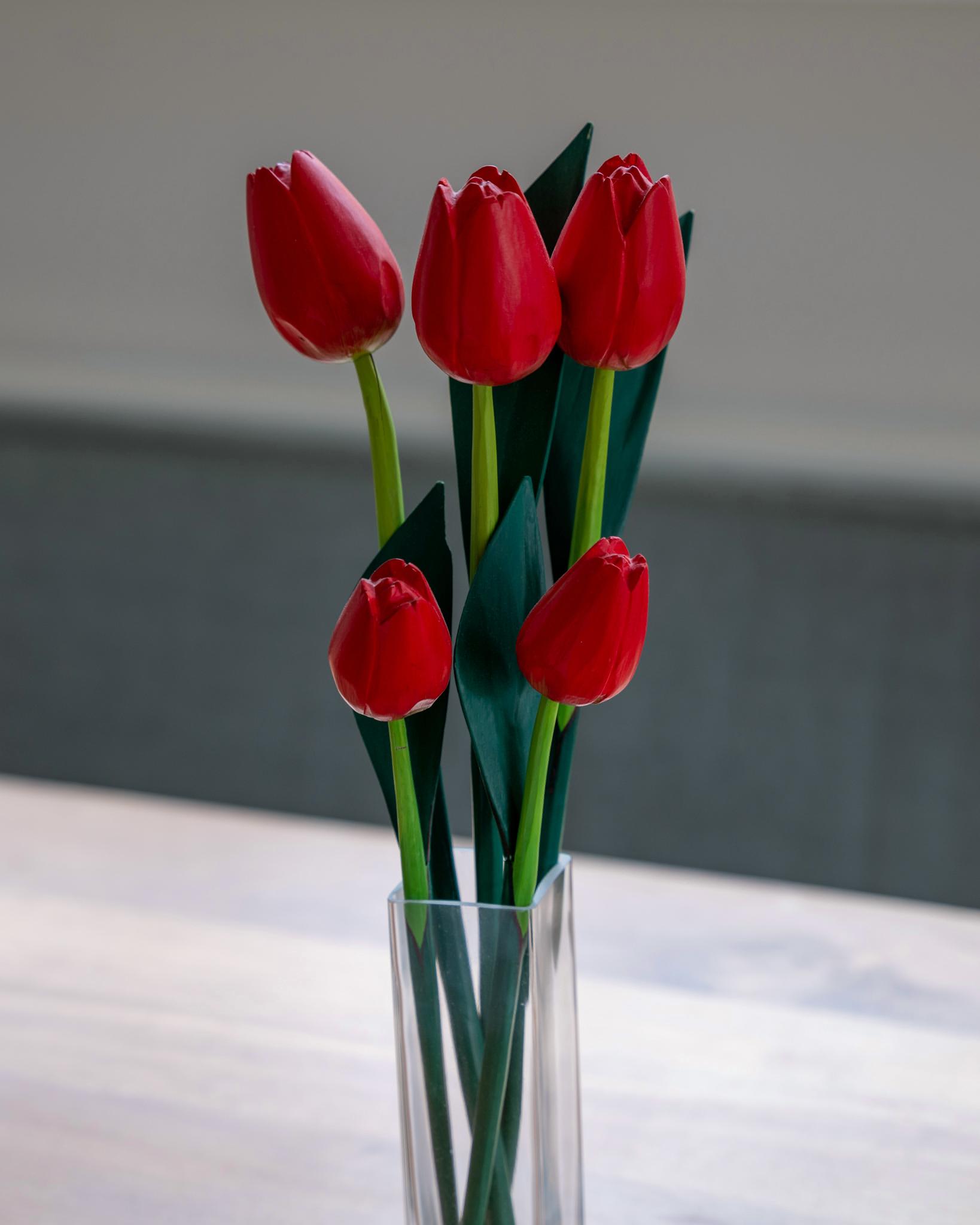
I think the Q2 performed admirably, even when cropped at 70mm. Both zoom approaches were able to isolate the tulips successfully, although the background was not an especially busy one.
Nightlife
To round off my series of comparisons, I have included a night time scene with a smidgeon of bokeh. I will spare you the guessing this time. Both were shot hand-held at ISO 100. The photo on the left was taken with the 50mm APO summicron SL at f/2.0 and the one on the right is a crop of a photo taken with the Q2 at f/1.7.
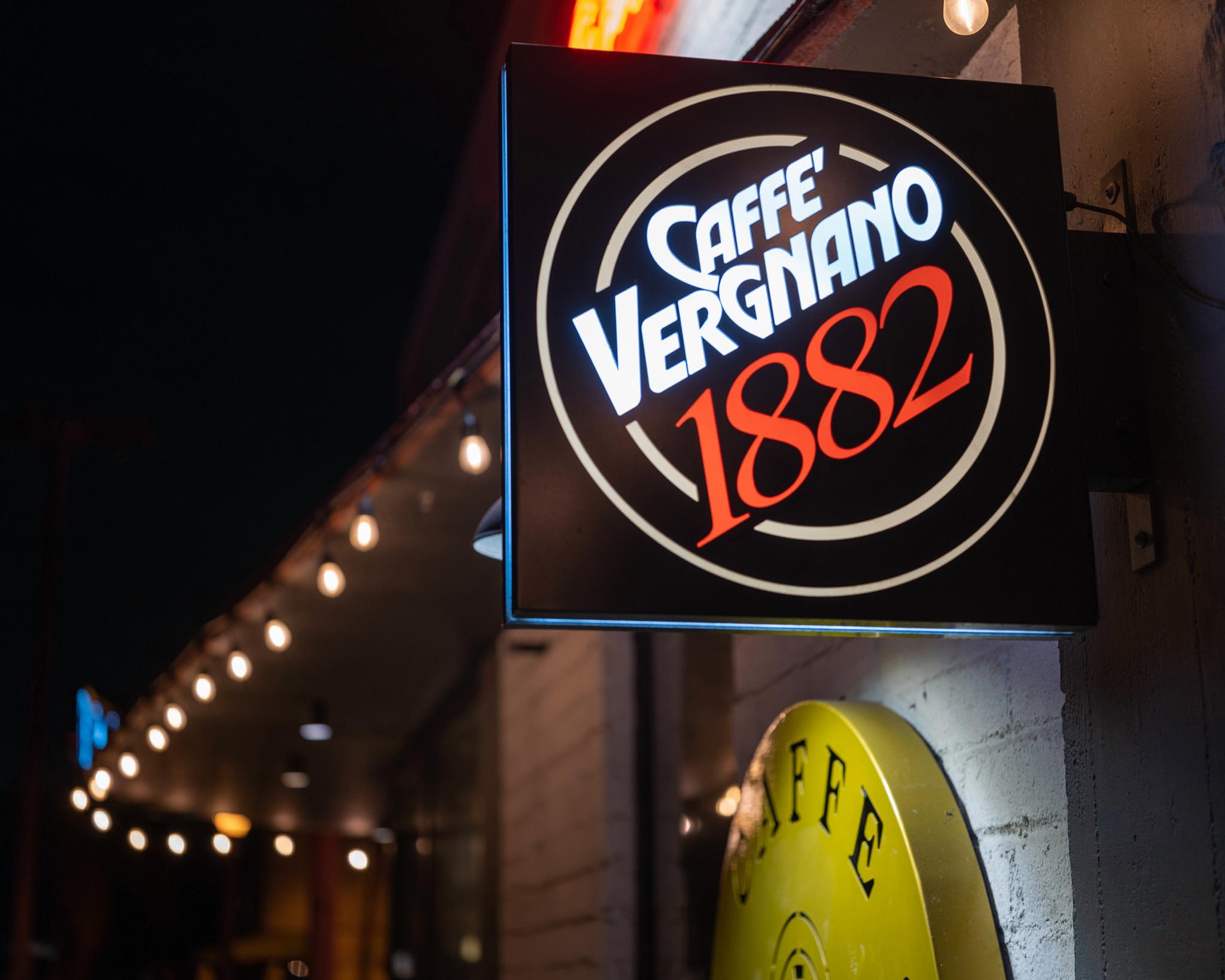
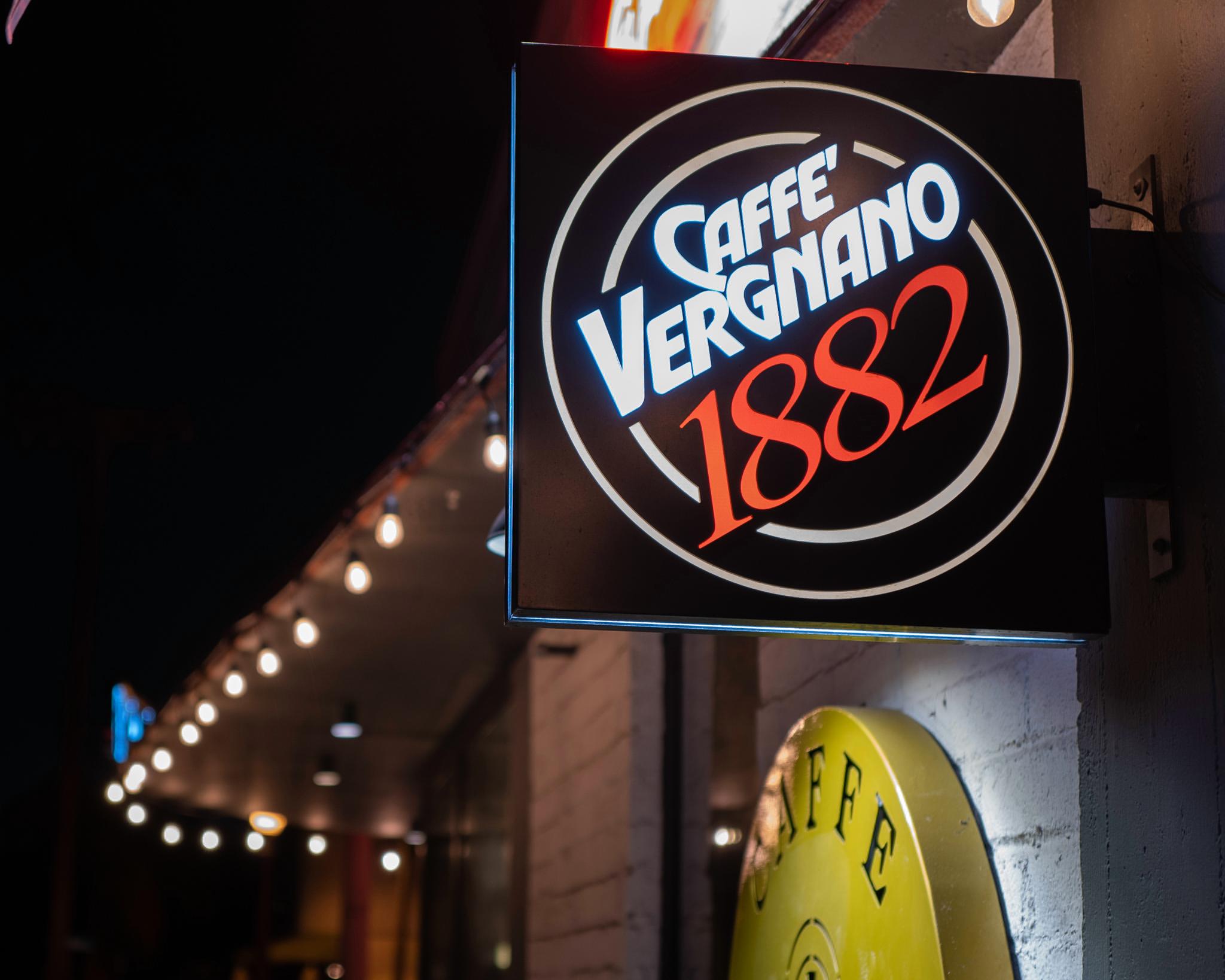
Again, I think they are very comparable. If anything, the most distant hanging light has a more circular bokeh in the Q2-generated image, probably because it was closer to the centre in the uncropped image.
Macro mode
Although not directly related to digital zooming, the Q2 has a cleverly executed macro mode. A quick twist of a ring on the lens barrel reveals a new distance scale with a minimum focus distance of 17 cm. Compare that with the 35mm minimum focus distance of the 50mm f/2.0 APO summicron SL.
The Q2 can therefore produce high-magnification close-up images of the painting caption.
The digital zooming debate
I do not expect the debate over the merits of digital zooming to abate anytime soon. However, I hope the series of side-by-side comparisons in this article provides some solid data for discussion. Better than relying on hearsay or presumption, I think.
In the first library example, the Q2 digital zoom was on the right. The second library example features the Q2 digital zoom on the left. In the tulip example, the Q2 digital zooms were on the left.
As stated earlier, my objective was not to assess whether a digital zoom perfectly replicates results achieved with an optical zoom. The aim was to evaluate whether a digital zoom could realize the photographer’s creative vision as effectively as an optical solution. My conclusion is that it can.
I also know that not everyone will warm to my analogy of buying a set of sensor-sizes/pixel-ranges rather than a set of prime lenses or zoom steps. However, I do believe I am using the camera’s outstanding optical and semiconductor technology in the way the Leica team envisaged when they set out to design the Q-series.
What are your views on the merits of digital zoom? Do you have hands-on experience of using the Q2 in this way? Would you use similar criteria when evaluating options for a travel camera? Let us know in the comment section below, or better still, in the comment section of the third article in this series.
Read more from the author
Join the Macfilos subscriber mailing list
Our thrice-a-week email service has been polished up and improved. Why not subscribe, using the button below to add yourself to the mailing list? You will never miss a Macfilos post again. Emails are sent on Mondays, Wednesdays, and Fridays at 8 pm GMT. Macfilos is a non-commercial site and your address will be used only for communications from the editorial team. We will never sell or allow third parties to use the list. Furthermore, you can unsubscribe at any time simply by clicking a button on any email.

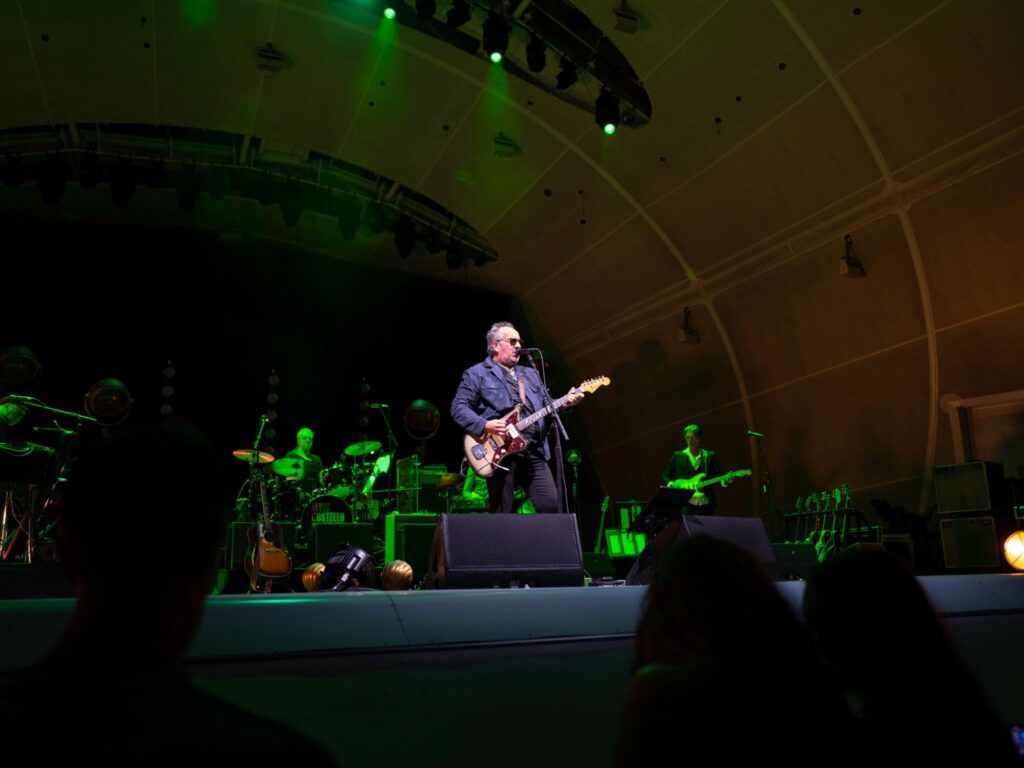
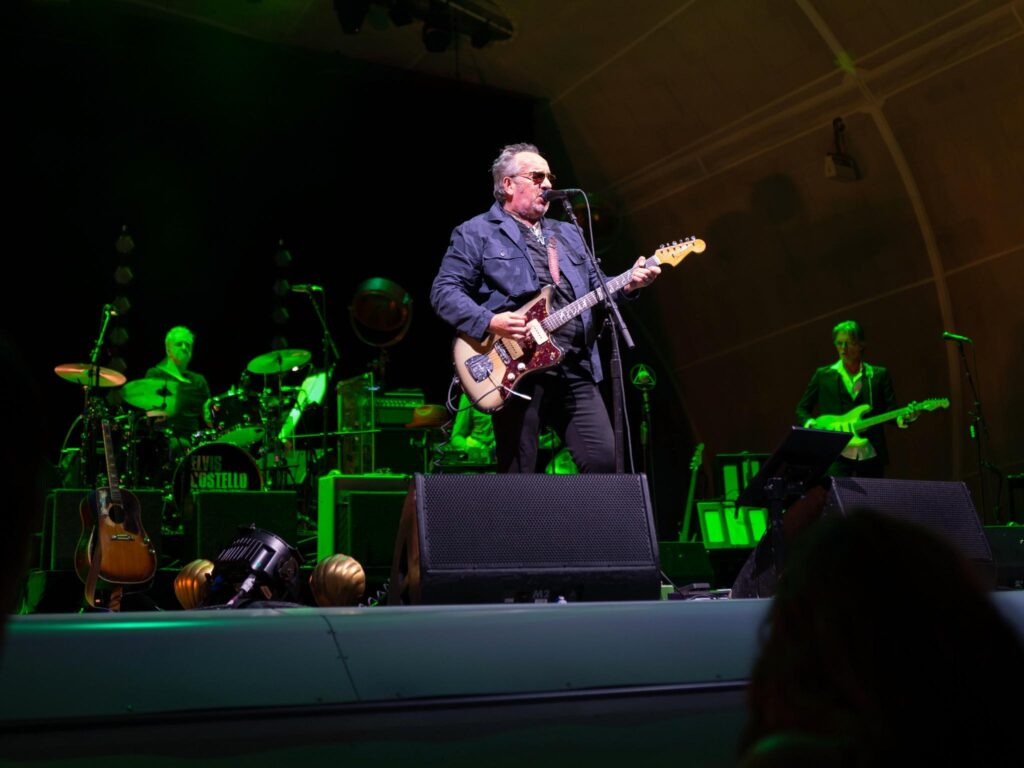
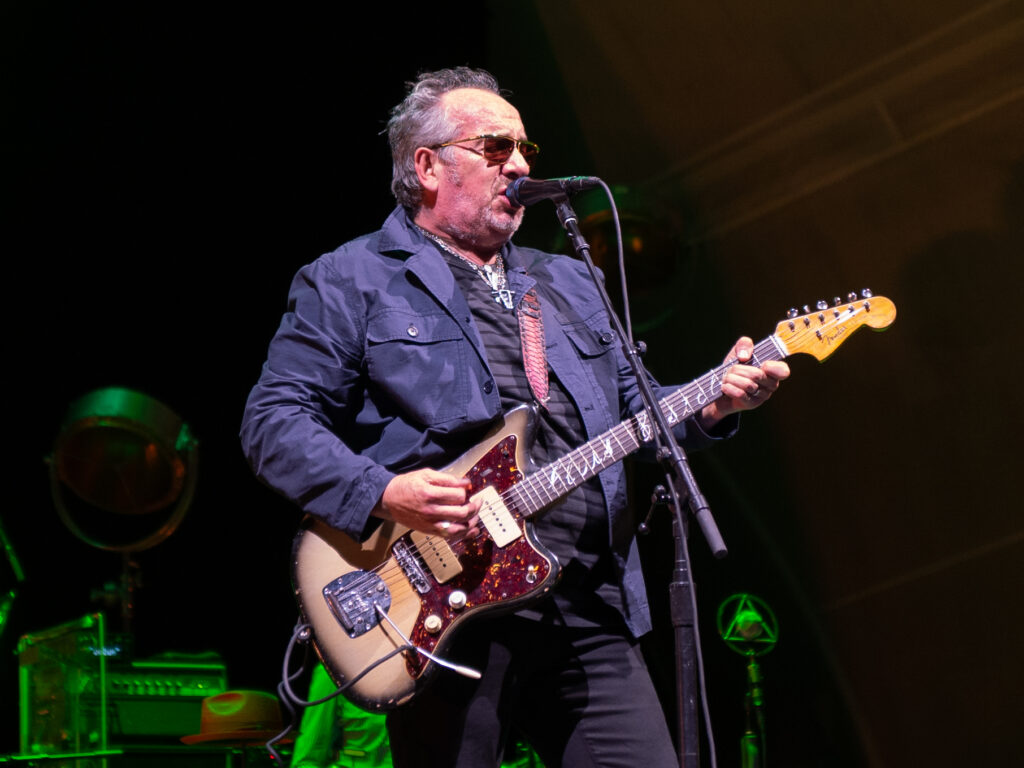
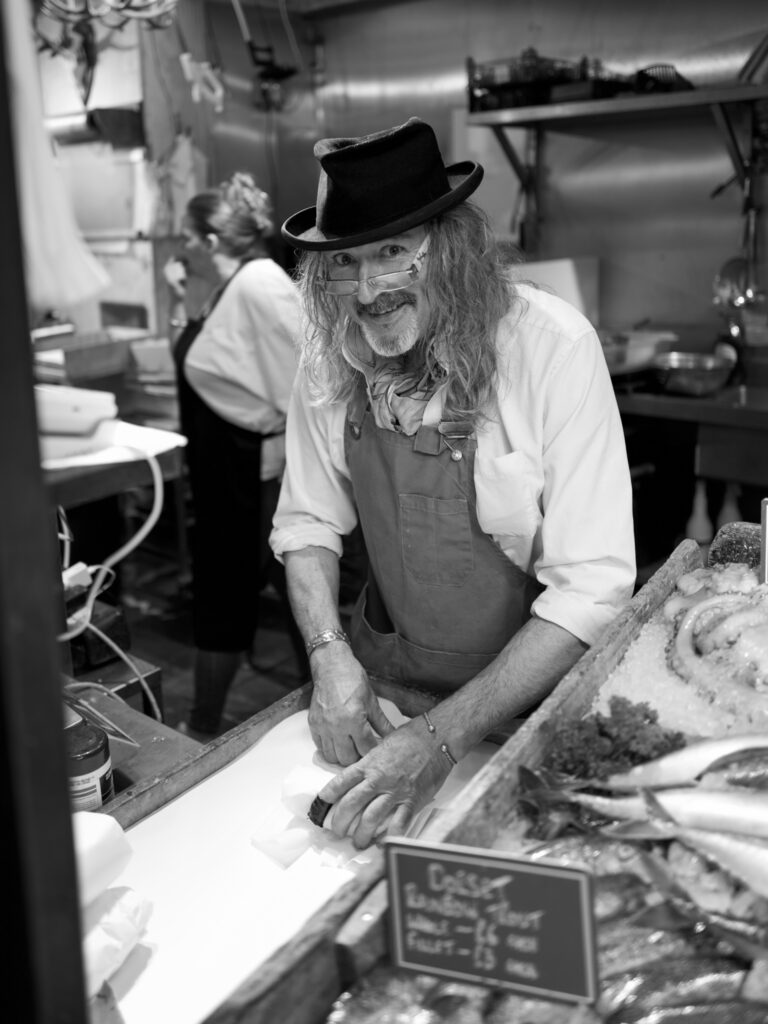
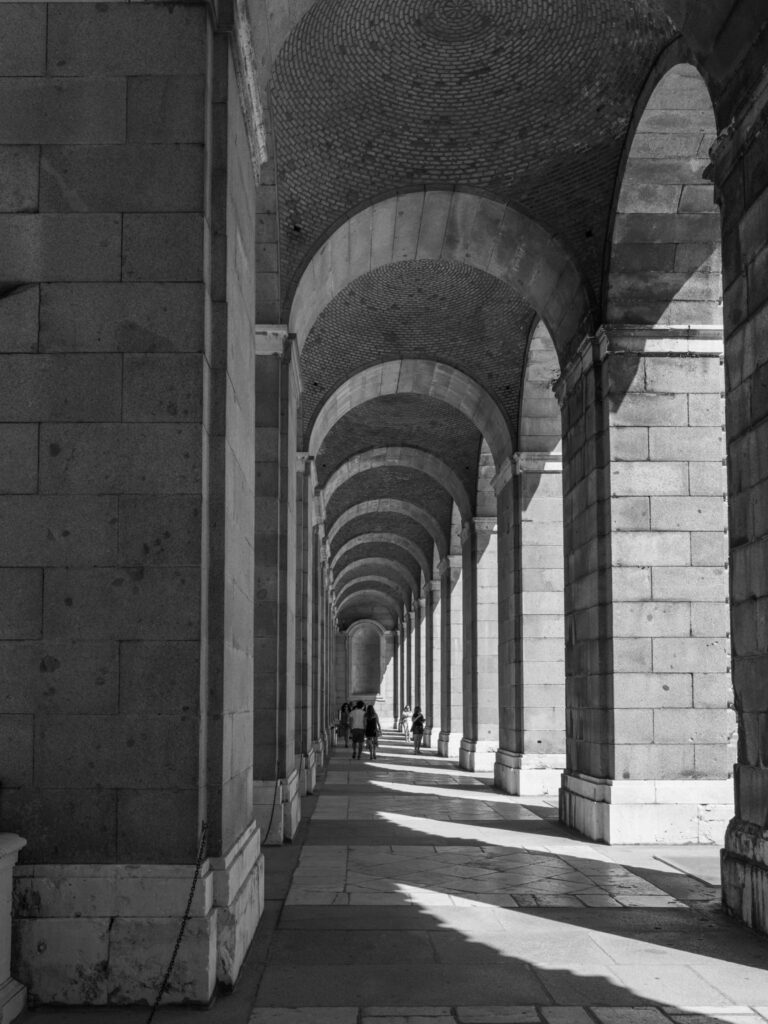
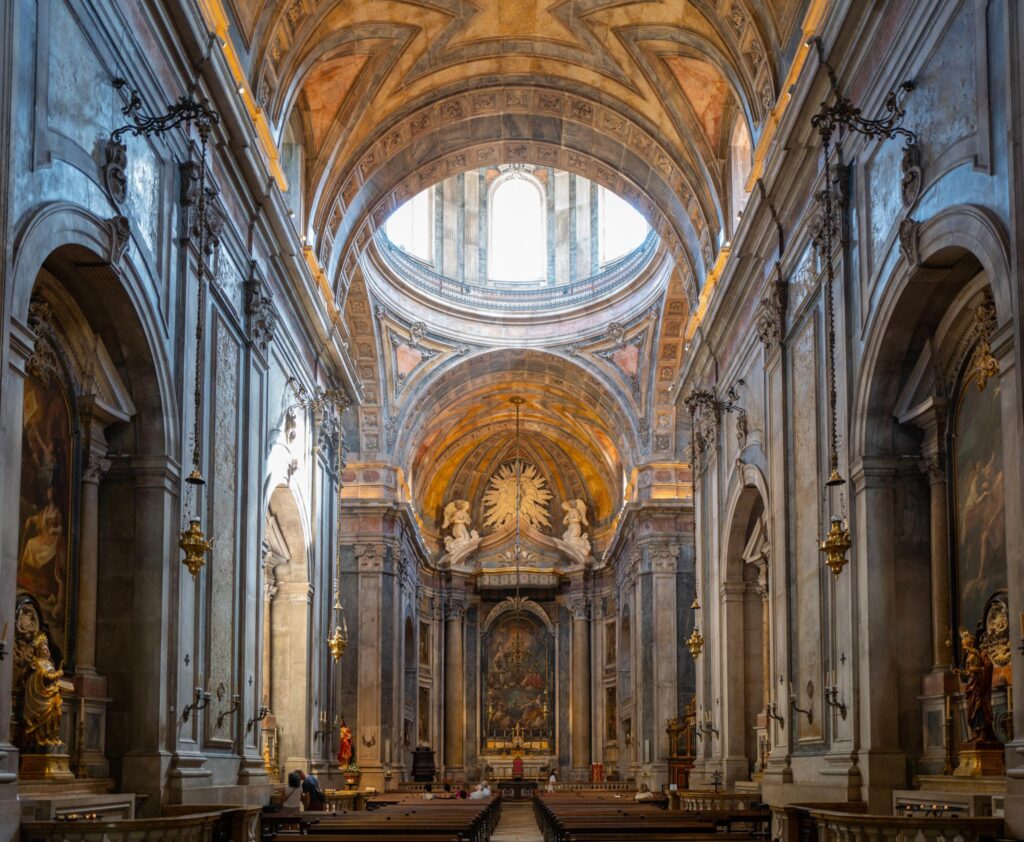
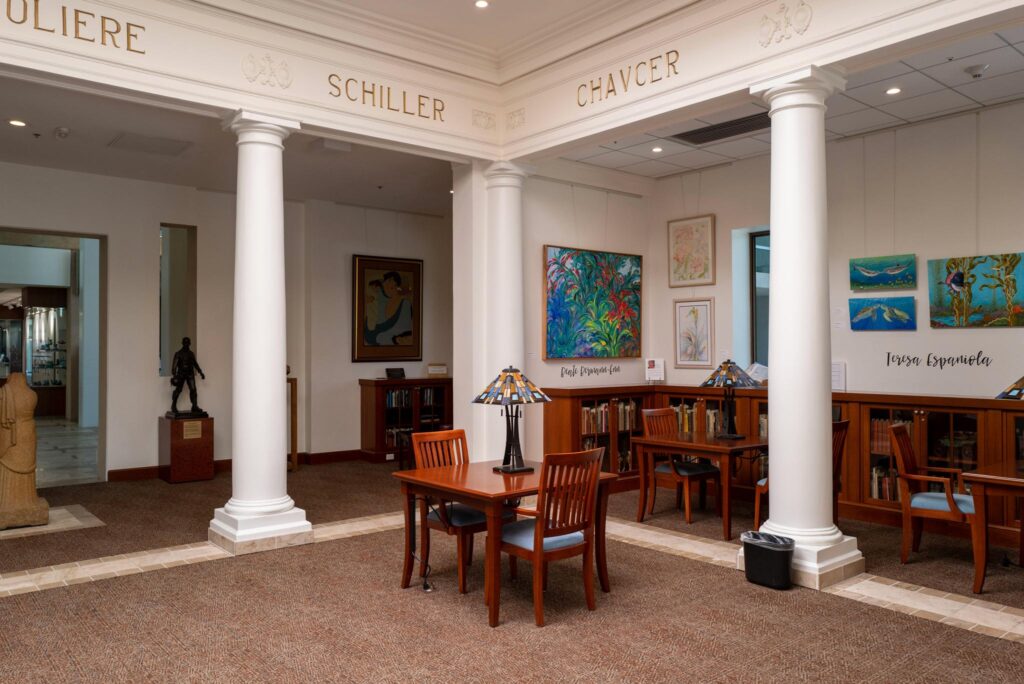
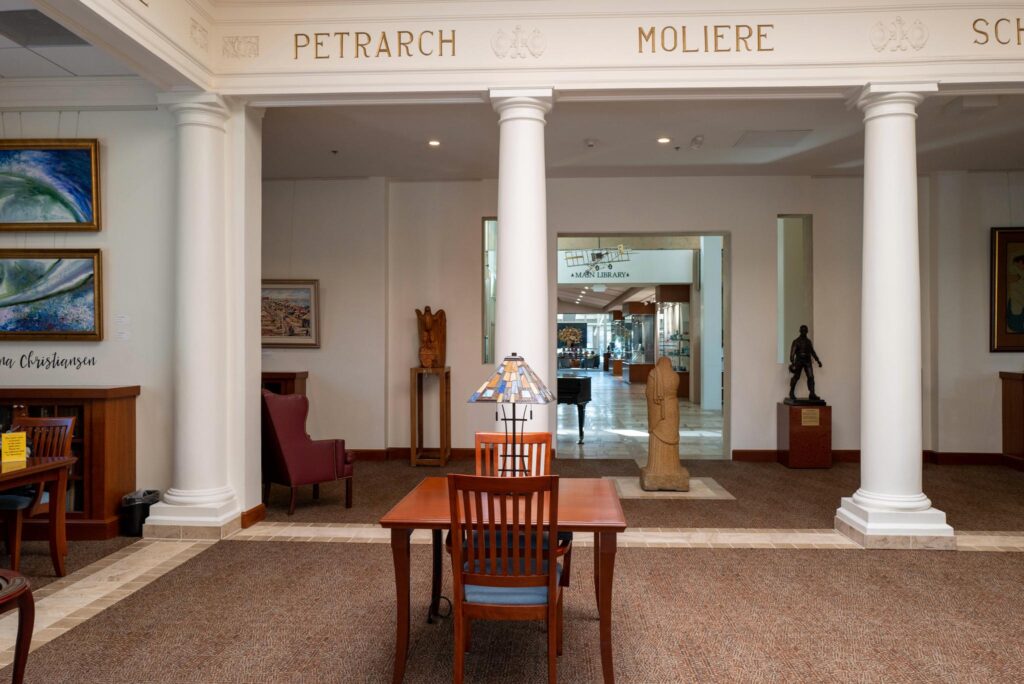
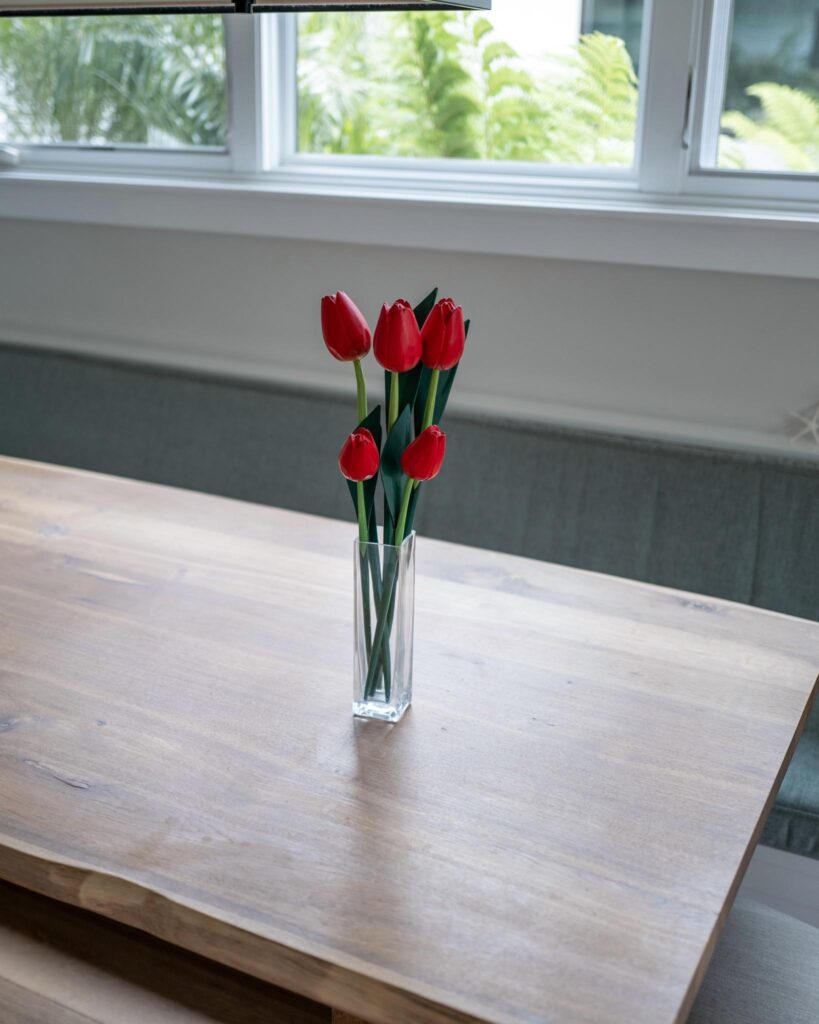
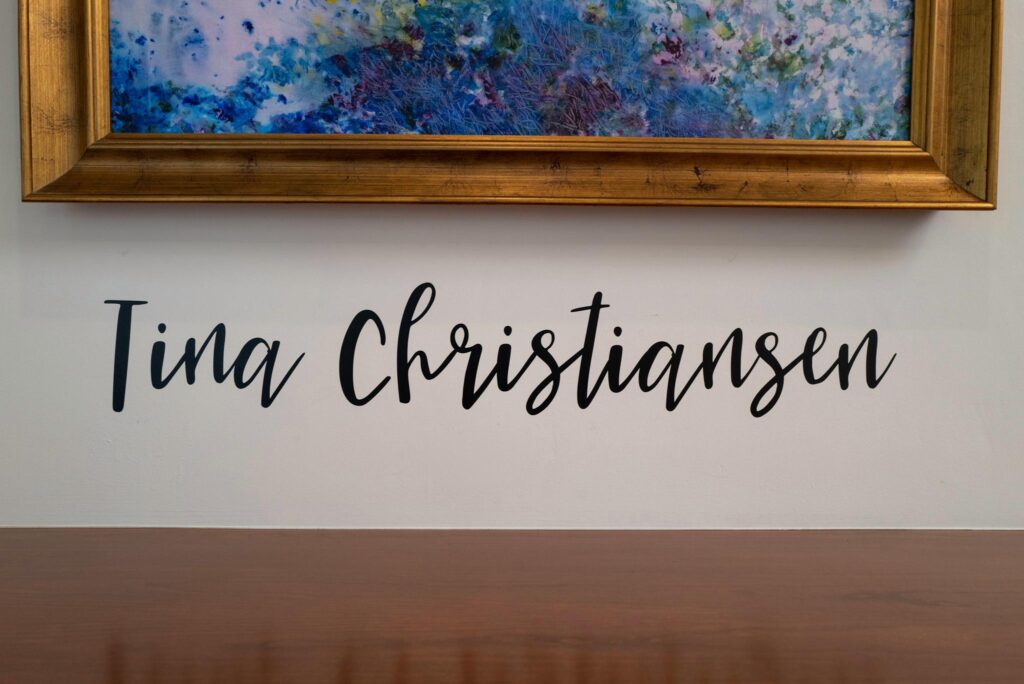
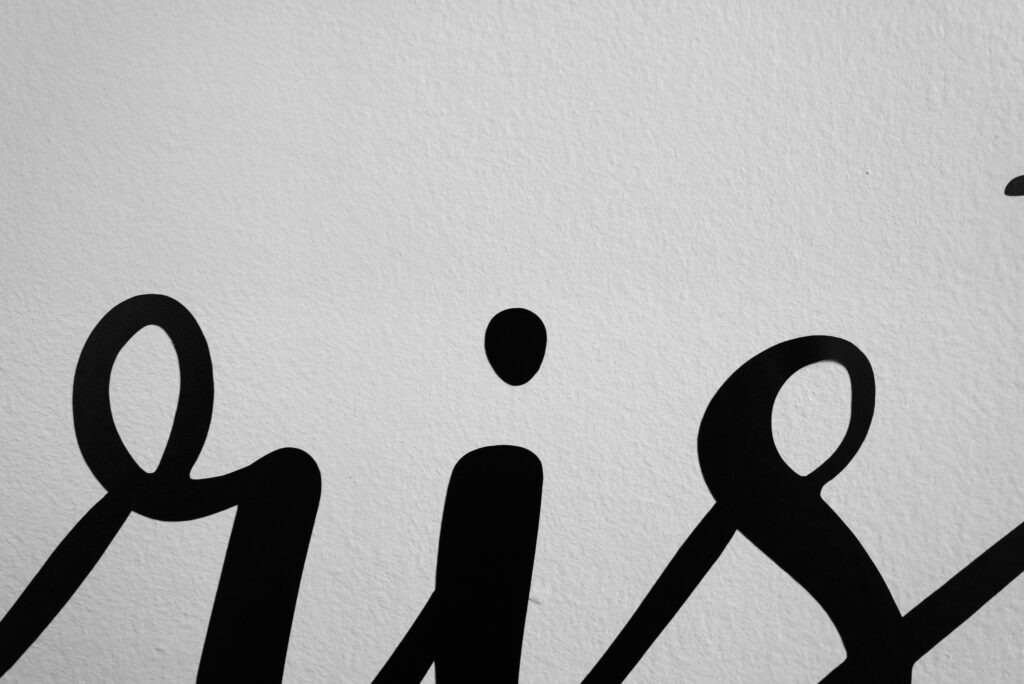
That 50mm F1.0 offers concert shooters some fantastic opportunities. In addition to not disrupting other photographers who don’t have to contend with telephoto lenses in tight spaces, it would extend the normal telephoto equivalent of a 75mm lens to have it perform as an F1.0 105mm lens with virtually the same image quality. It could also serve as a slightly-compromised F1.0 150mm. But, as far as I know, there aren’t any alternatives available for either of these two lenses, especially since the F1.0 50mm lens is only 4″ long and weights less than 2 pounds.
I love your Elvis Costello digital zoom photo! It provides a convincing case for digital zooms since you probably couldn’t grabbed this shot so easily any other way. The Fujifilm X-T5< with its 40mm sensor, has this feature at 1.4x and 2.0x magnification on all their lenses.
This means the X-T5, equipped with the “Fujichron” 23mm f2 lens (normally the equivalent of a 35mm f2 lens), can become 50mm or 70mm at the click of a mapped button. This rig costs around $2100 and weighs and is sized at less than 10% more than a Q3 The 50mm Fujichron “becomes” a 70mm or 105mm lens for about the same price and weight.
With the 16-80mm F4 zoom ($2200 with the camera right now), the 120 mm equivalent lens can serve as a 170mm or a 240mm F4 lens. According to Fujifilm, there should be no loss in sharpness at 1.4 magnification and notable-but-minimal loss at 2.0x magnification.
Of course, these results are with an APS-C “crop sensor” camera. However, I shot my black cat in our TV room by the light of the television with the 23mm F2 lens magnified to 1.4, and I’m pretty sure the results are comparable to least the Q2.
Maybe we should call this combo “the poor man’s Leica Q2.”
Hi Steve, many thanks! The venue at which I shot the photo of Elvis Costello specifically forbid telephoto lenses. I suppose the organizers has not reckoned on the possibility of a huge digital zoom on what appears to be a point-and-shoot compact camera. I have never shot Fujifilm, but a friend uses an f/1.0 lens on his Fujifilm camera with an APS-C sensor and the photos are fantastic. Perhaps I can get him to swap cameras with me for a week and give it a try. All the best, Keith
With the obvious high quality renditions using digital zooming / cropping available now, I think the question is academic. We want to get our picture, and if we really need a 90mm lens but have only a 50mm lens on the camera, at 40 or 60MP, and it works, why care? The image itself ought to be the only goal. When I photograph, rarely is it a set-up. I look, I see a composition, I shoot. I hope that I succeed, and often do. That’s it. Post processing I my crop, just like I may correct tonality, contrast, and other factors. Sometimes I even really like the full frame image entirely as is!
I don’t own a Q, but have briefly used one with an impression of a great piece of equipment — from its conception to its conclusion in the hand / eye.
Anything that makes intelligent photography more second-nature to the photographer, so s/he can concentrate on what the eye sees, and only have to work in the mind with things like choices of DOF or where to place the primary focus, makes photography both pleasanter and more likely to be successful. The Q does this.
Hi Ed, I couldn’t agree more on the importance of the camera being a tool that is easy to use and becomes second-nature to the photographer. I really think the Q-series cameras can be operated in that way. I am currently experimenting with a rangefinder for the first time. It seems so archaic compared to my Q2! I clearly need to practice more. Cheers, Keith
I would love to hear how you get on. I have yet to open Pandora’s box of M and rangefinder photography. I can see if you took to it that it would potentially create significant change in your approach to photography.
Please tell us what happens when you use a RF camera, preferably an M. The Q series has a versatility which the M series does not. The M’s rangefinder does one thing well – quick viewing, quick focus, decisive moment stuff because very minimal shutter lag. And great lenses. They become part of your body almost. But not much versatility – closeups, tele, super wides – these all require extra accessories or EVF and bypass the rangefinder.
Ed
Hi Ed and Le Chef, I will certainly put together an article summarizing my impressions of rangefinder photography with a (pre-owned) Leica-M camera, having to date only used either a Q2 or SL2. It is an M240, rather than the very latest models, but I think the unique experience of focusing a rangefinder camera is common to all.
Spoiler alert… food photography with a rangefinder and a close focusing distance of 70cm might not always be very convenient and straightforward… especially when seated in a diner booth…
Ha! I have already noticed the limited close distance focusing issue – more constraining than I am used to. My latest installment of Macfilos Food Photography – coming soon – has definitely required the close focusing capabilities of the Q2. I will be leaving the rangefinder at home when I head out for brunch this weekend… Cheers, Keith
Long ago, Leitz used to promote the SM Leicas as “The Universal Camera”. There were a plethora of attachments, both OEM and otherwise, that could make your Leica do almost anything, except swings and tilts. But can the Q2 do this last for food photography either?
Still, using LV and using extension rings, an M10 can do decent food photography. I have done that. But on an M without LV, parallax is a deal breaker here.
Ed
Hi Ed, I have found shooting an an oblique angle with the Q2 at f/5.6 and then cropping in post works well. I crop the image to zoom in on part of the dish, removing distractions in the background or leaving them nicely blurred. The original shot is definitely taken closer than I could get with the 35mm lens on the M though. Cheers, Keith
Keith,
I will try this on an M with the 35/2 APO Summicron ASPH in close-focus mode + Viso, and let you know if I accomplish anything’s.
Ed
Thanks Keith for the article. I don’t mind cropping on my Gr camera. It’s a handy feature even with the loss of pixels. Image quality remains decent and a bit of PP does the trick. The only drawback is that you can’t print large, not over A4 format.
Jean
Thanks Jean. I have not printed that many of my photos, and when I have they have been 16-inch by 16-inch or 14-inch by 11-inch. Apologies for the crazy Imperial units. In each case I uploaded a huge TIF file to the printer. The resultant prints all looked great. I have never tried a larger size, primarily because of cost and wall-space considerations. I am tempted to try a really big print one of these days though. All the best, Keith
Many thanks for both articles. They are both good brain food.
I have a Q2 and have no qualms about cropping in post to whatever I think the image should be. I don’t particularly feel a necessity to zoom/crop to a particular focal length: what is more important is that the frame ratio stays the same.
For the zoom function to be useful for me I would like to be able to see the crop as full frame which I would hope one day would be possible through a software upgrade.
I also think with denoise software improvements that even “small” MP images can now be made more than presentable.
Do we really need more than one camera and one lens?
Well we DO really need more than one lens if we want to shoot -w-i-d-e-r- than 28mm, or longer than, say 90mm or 105mm.
And – to Keith – you say “..there is an inevitable change of perspective between a 28mm image that has been cropped, and an image taken with a longer focal length lens”.
No; it’s an old chestnut of a misconception: whatever lenses you use FROM THE SAME POSITION ..the perspective will always be identical ..hence the identical appearance of the cropped-from-28mm photos and those taken FROM THE SAME POSITION with a different focal length lens, such as 35mm, 50mm or 75mm.
The perspective looks different only IF the photographer moves closer or further away ..as your photos clearly demonstrate!
Hi David, thanks for reading and thanks for the correction on perspective! I will adjust the article accordingly. All the best, Keith
Hi Le Chef – thanks for reading and commenting. What format do you usually shoot, print, or post at? Until recently I had been cropping my shots to 3×4 in landscape or portrait format, but in order to use pre-formatted (and therefore less expensive) frames and matts, I have been formatting to 4×5. I also finally realized that this is one of the native Instagram formats. Cheers, Keith
I retain the standard 3:2 format as that was what I used when shooting 35mm film. I will occasionally crop “square” but that’s when I have made a mistake on initial framing. I think if the Q3 offers those alternatives built in (presumably only for jpeg) then that might be fun to experiment with in camera while shooting.
Retention of the format is an advantage when using the frame lines, I agree. While cropping in PP is easy for all of us, you have to remember to retain the format if it’s important. I tend to stick to the standard format for Macfilos items and the Q’s ready-made crops are a good starting point. Having said that, I tend to use only RAW and the crop can be adjusted when necessary. But it’s fun to use the frame lines, if not much more.